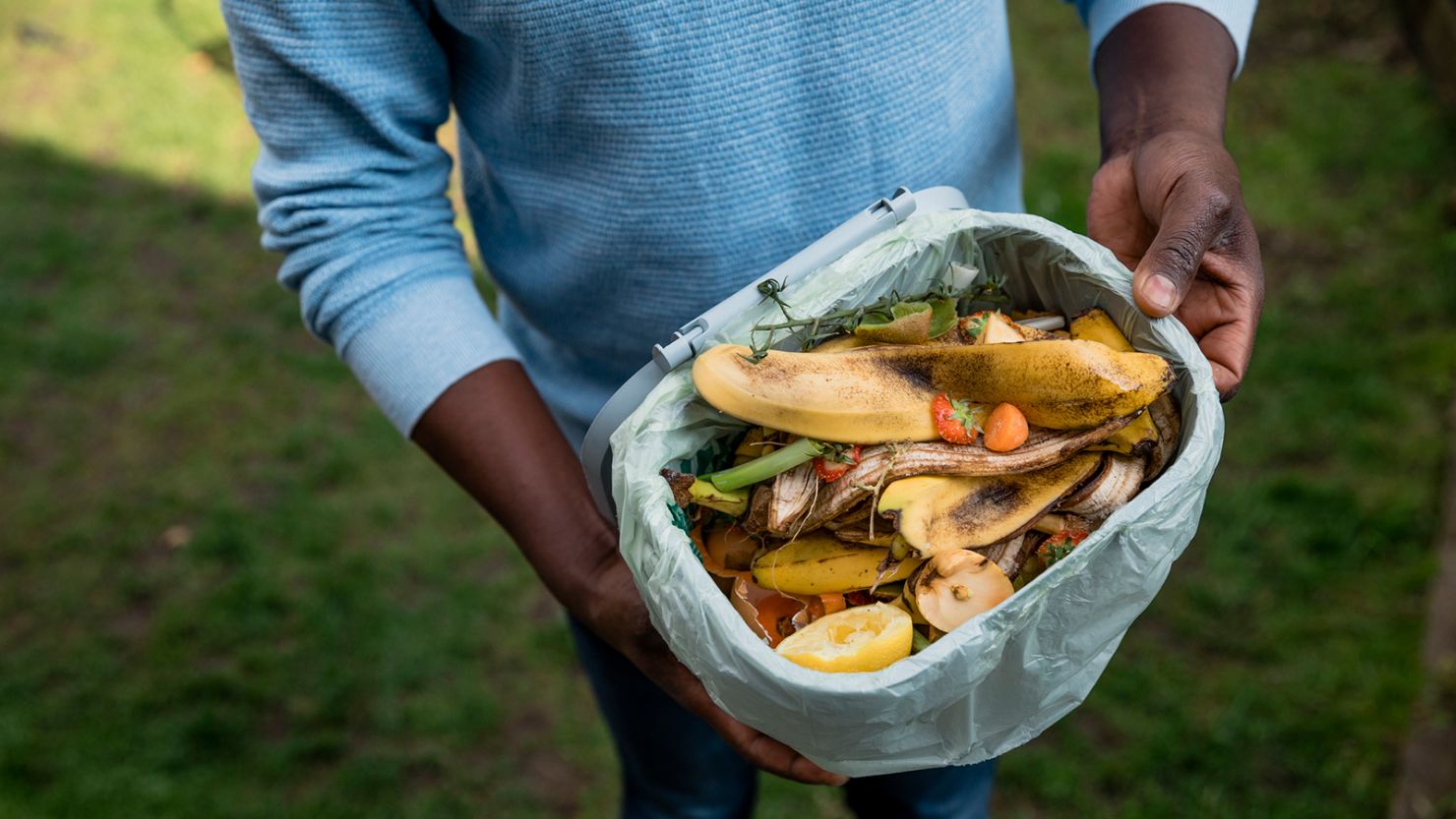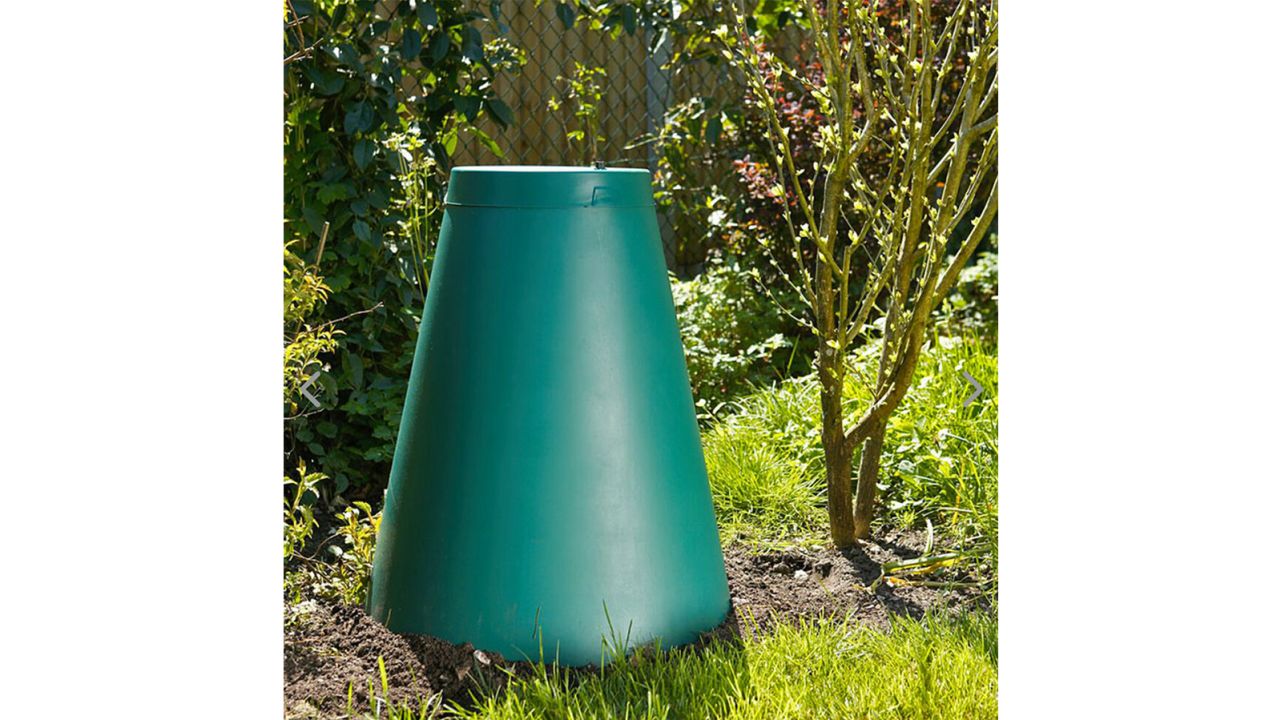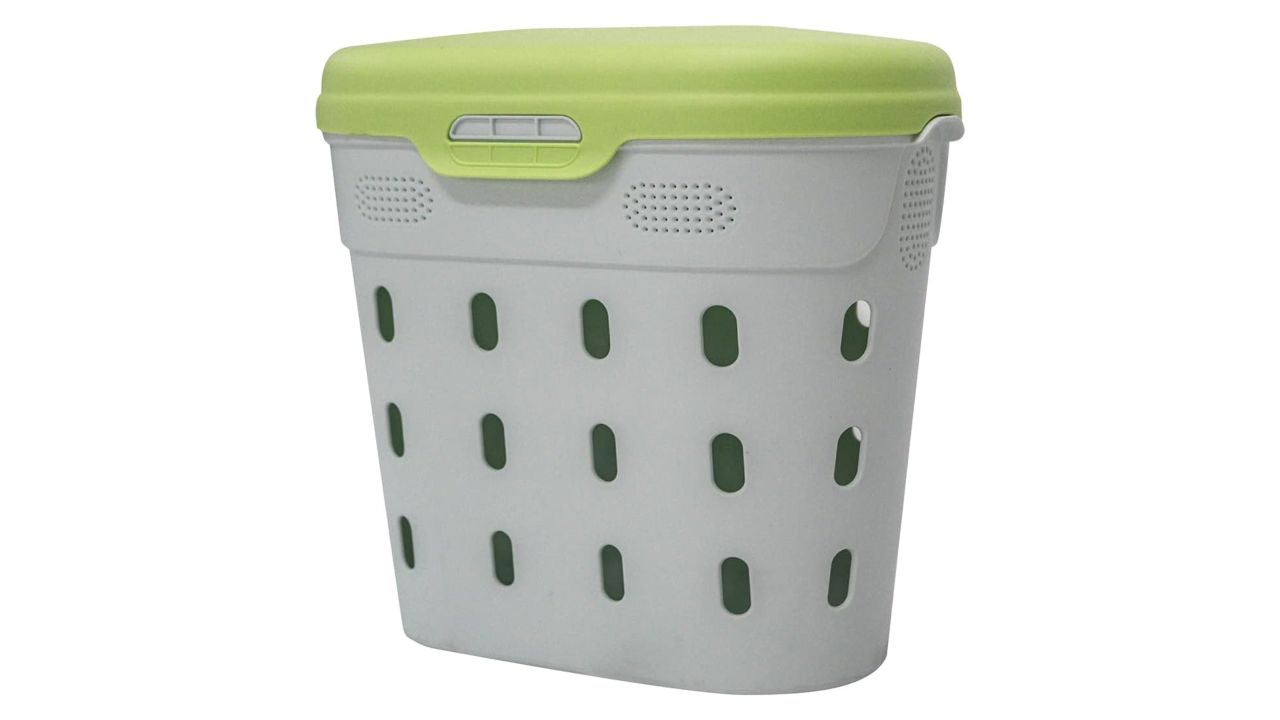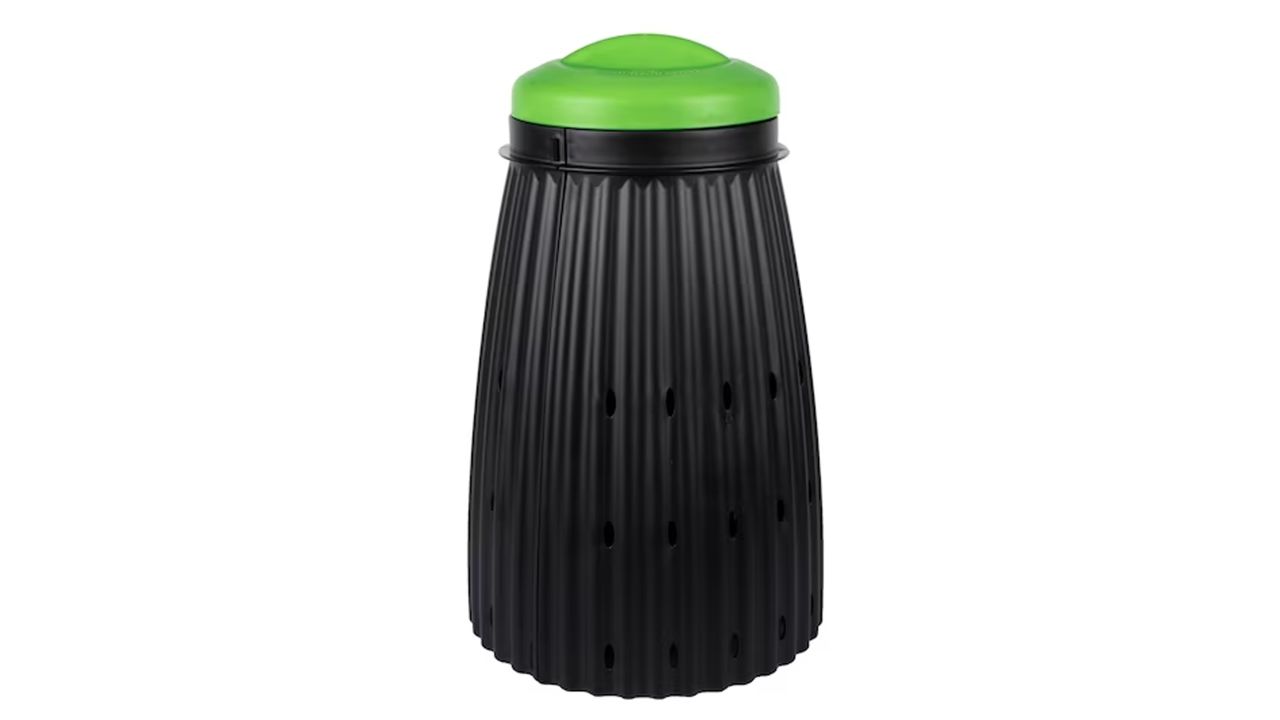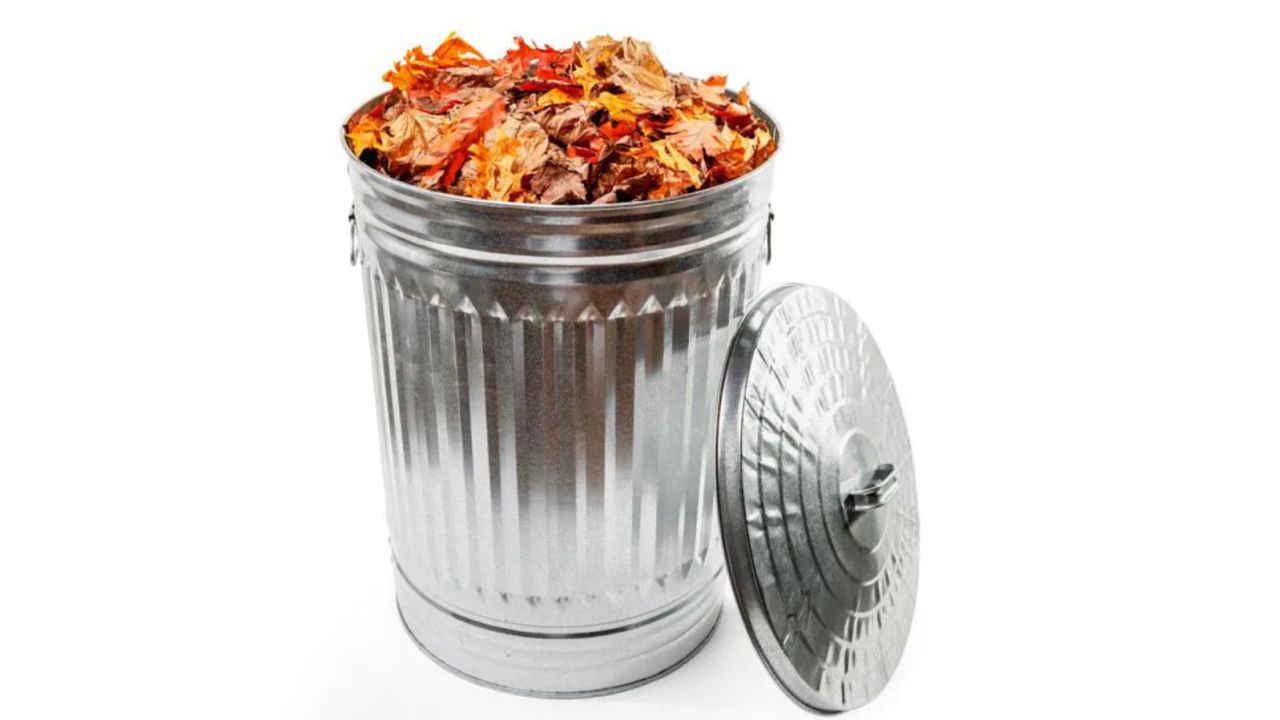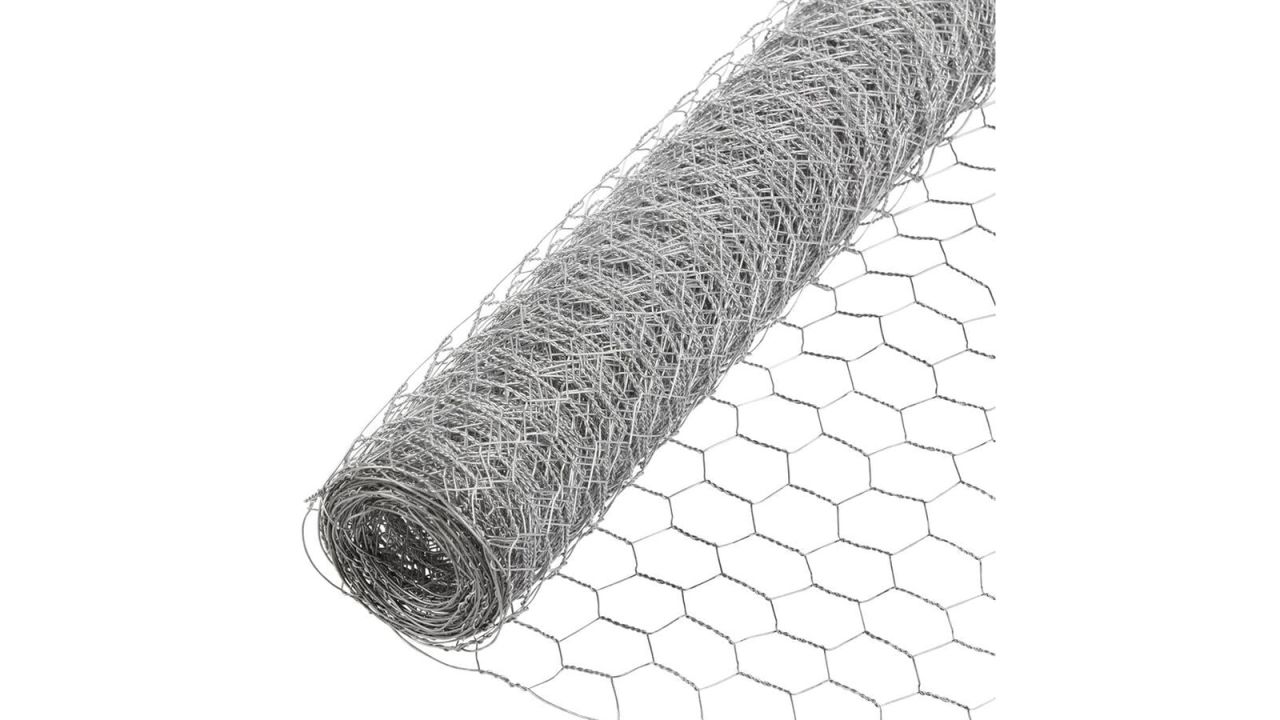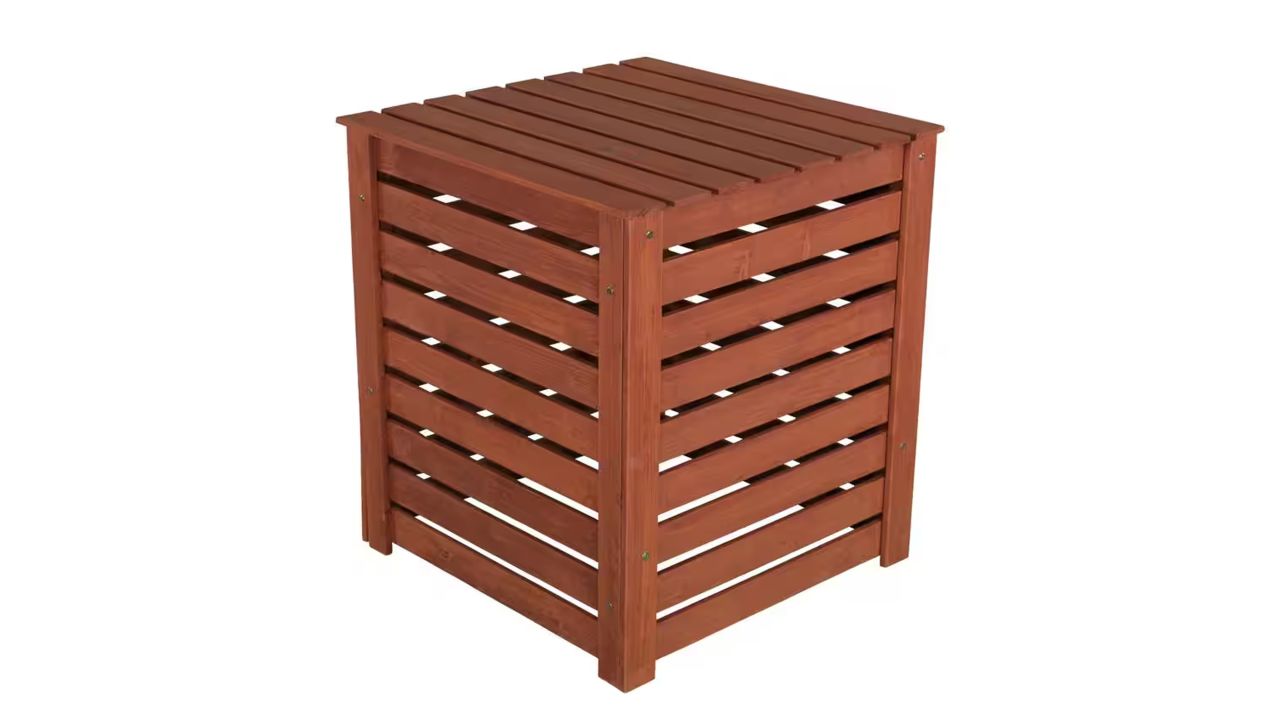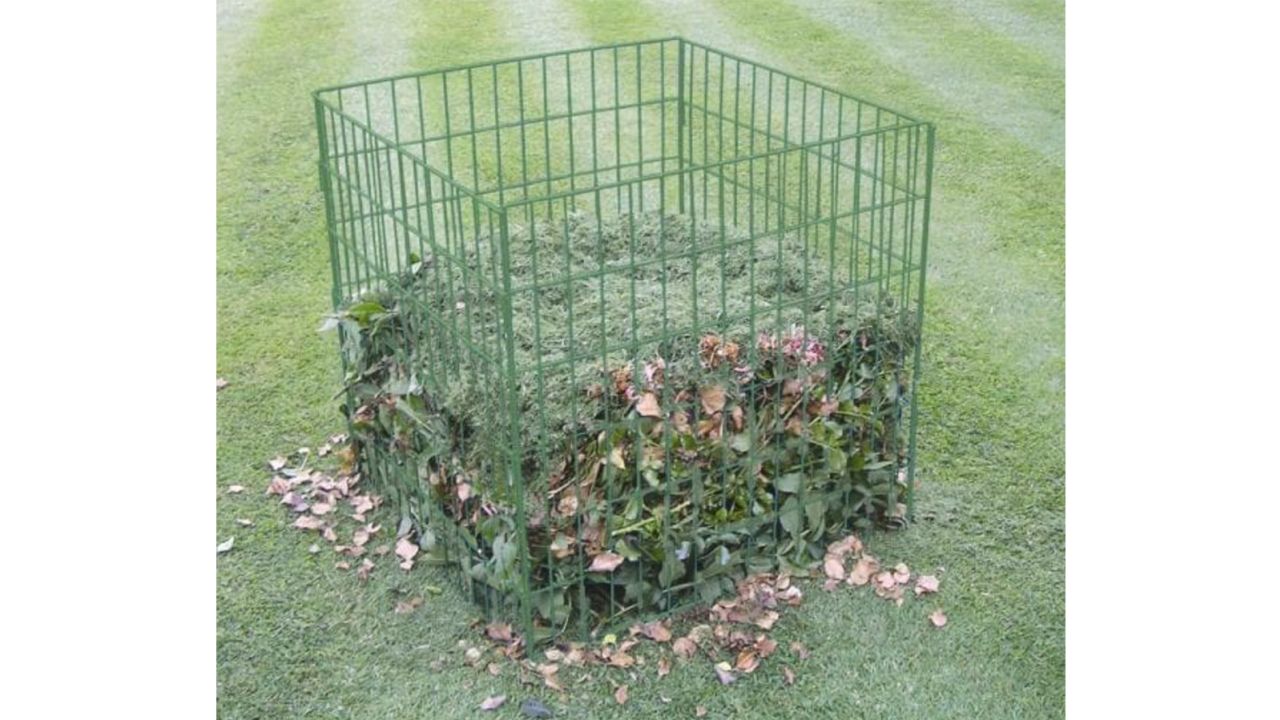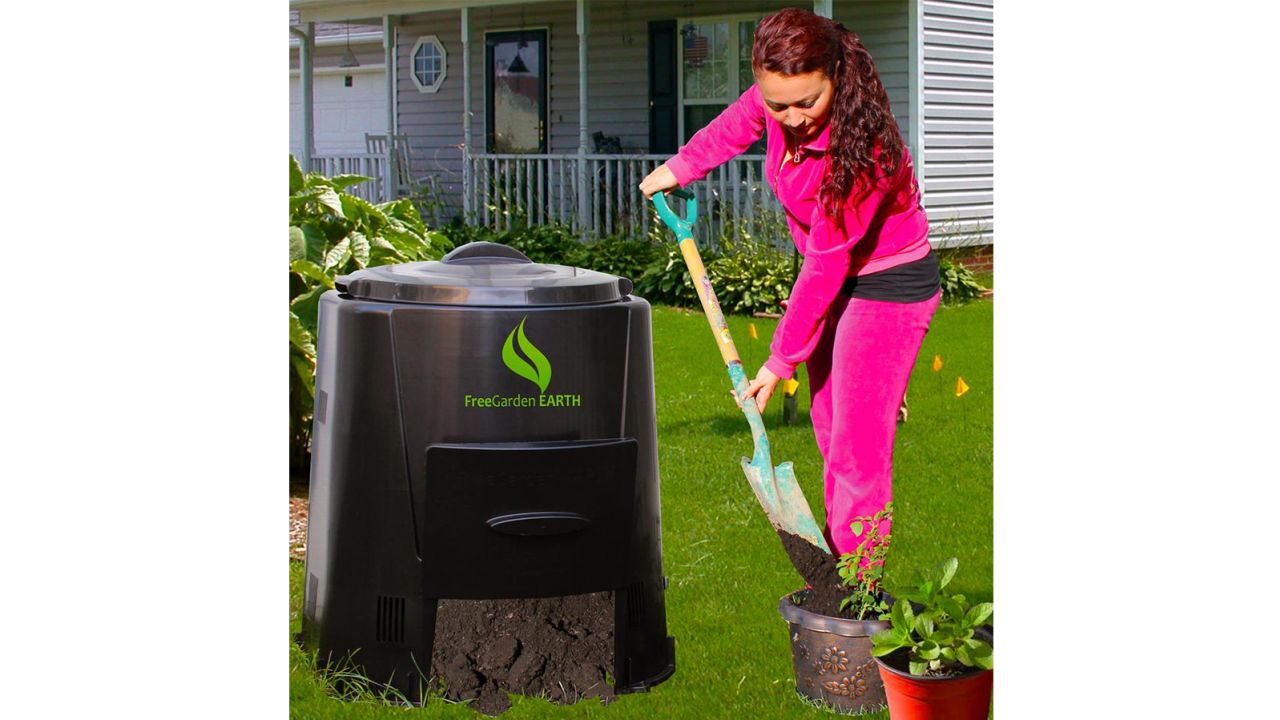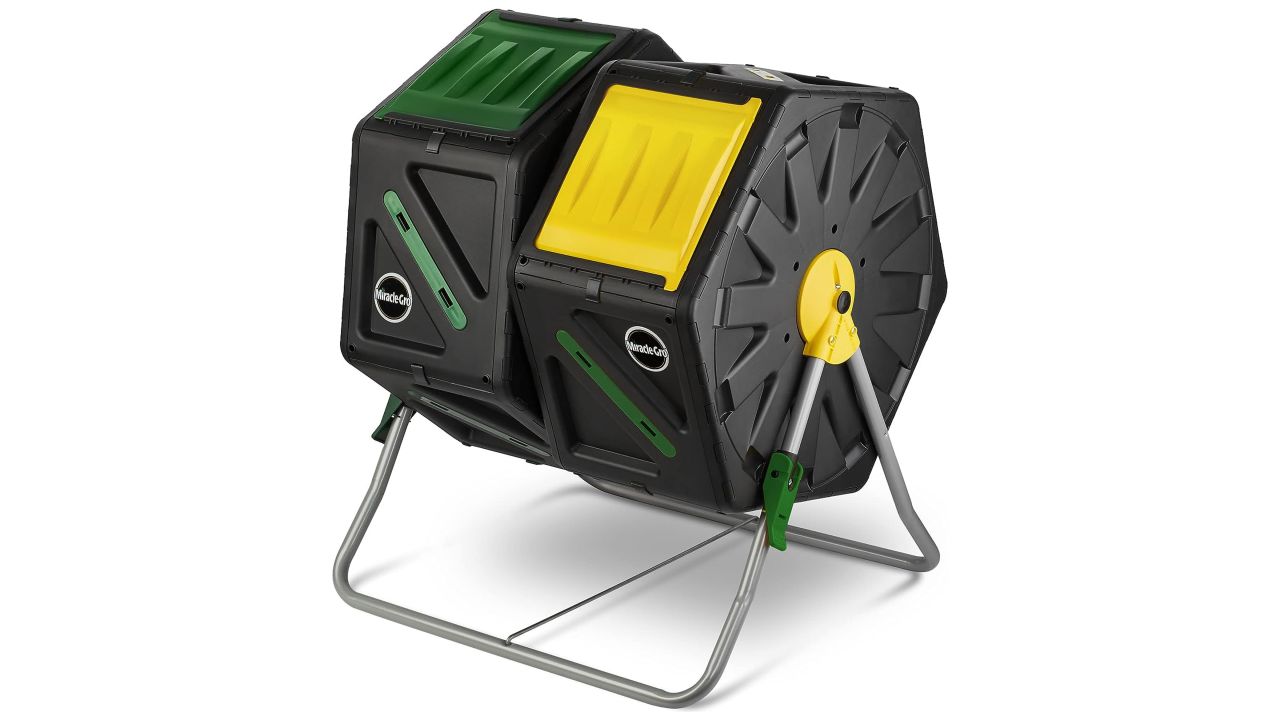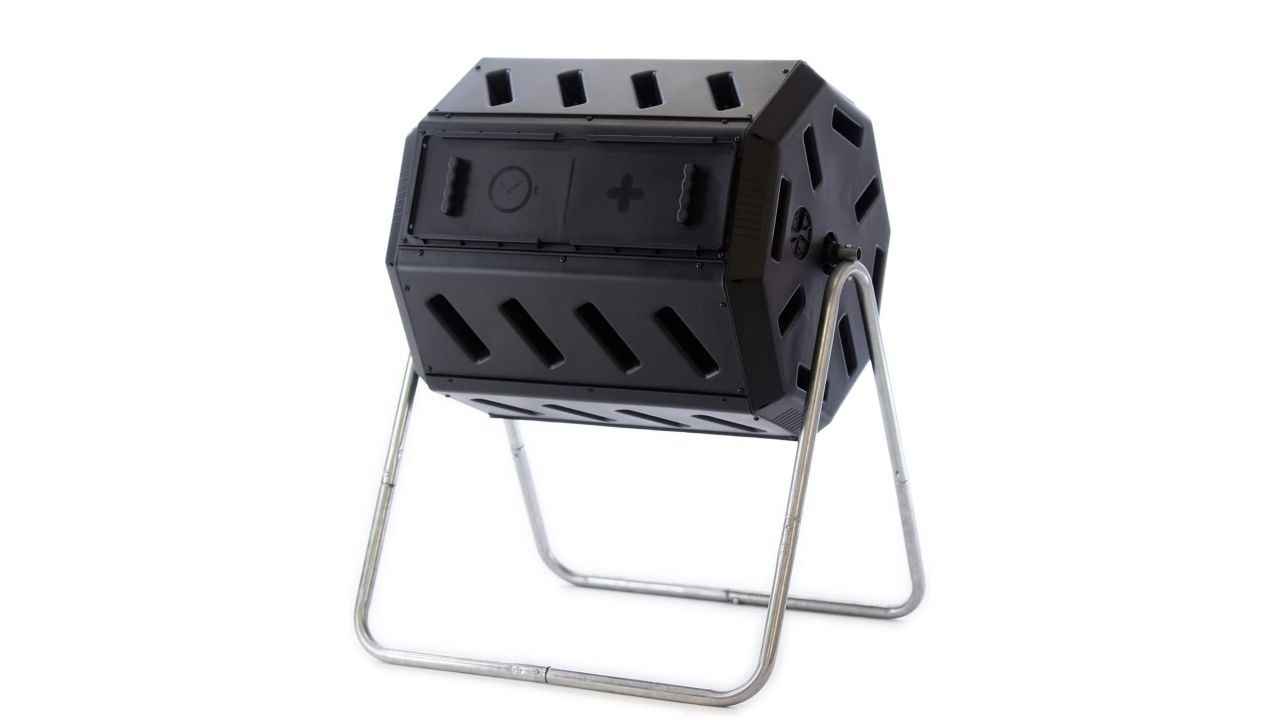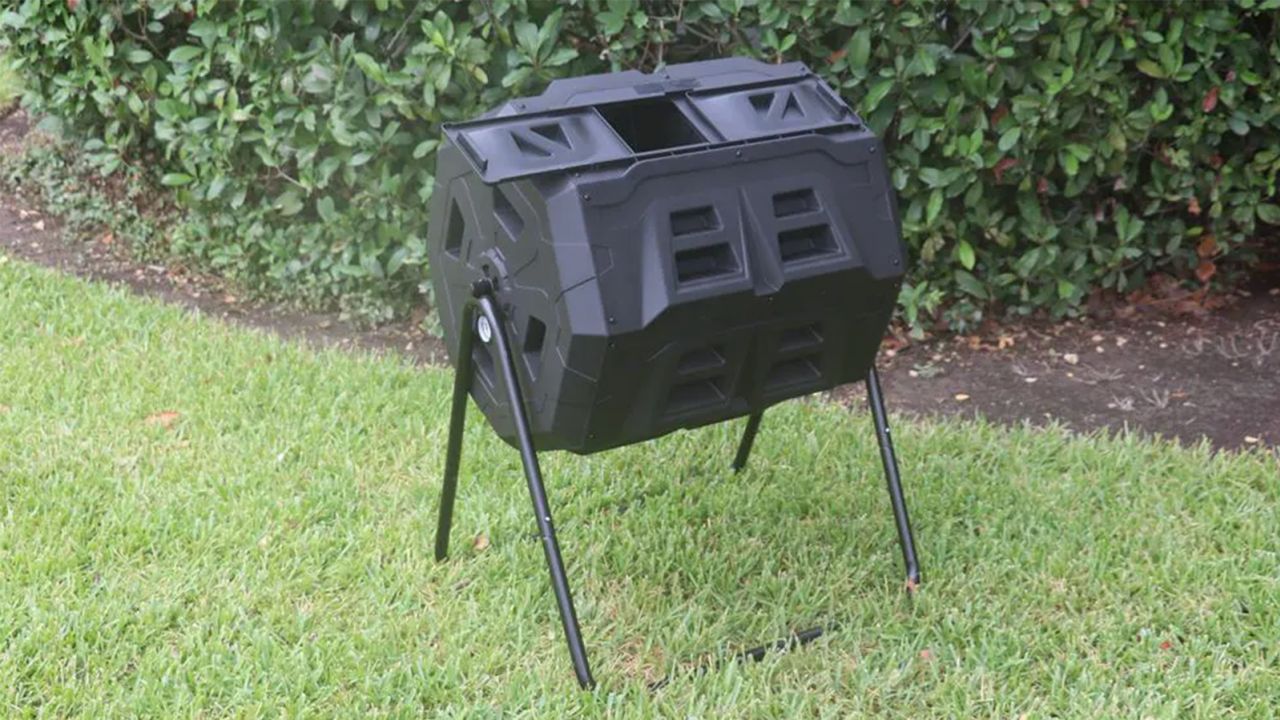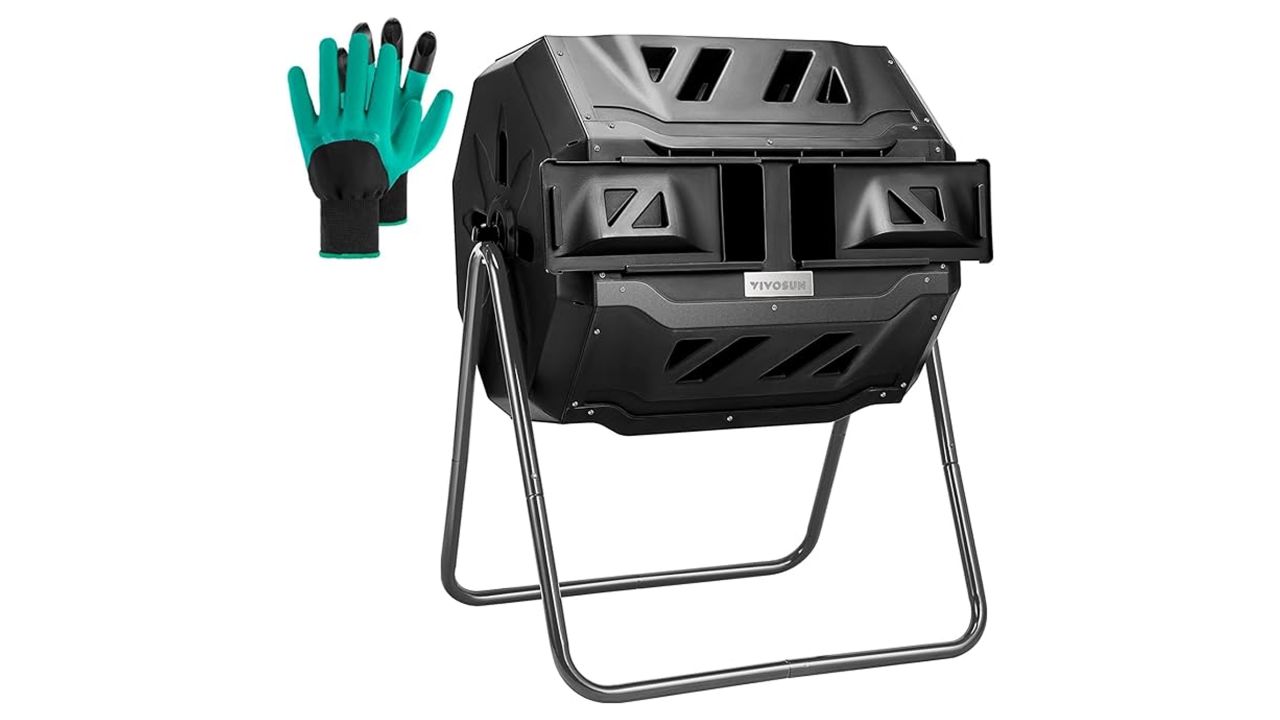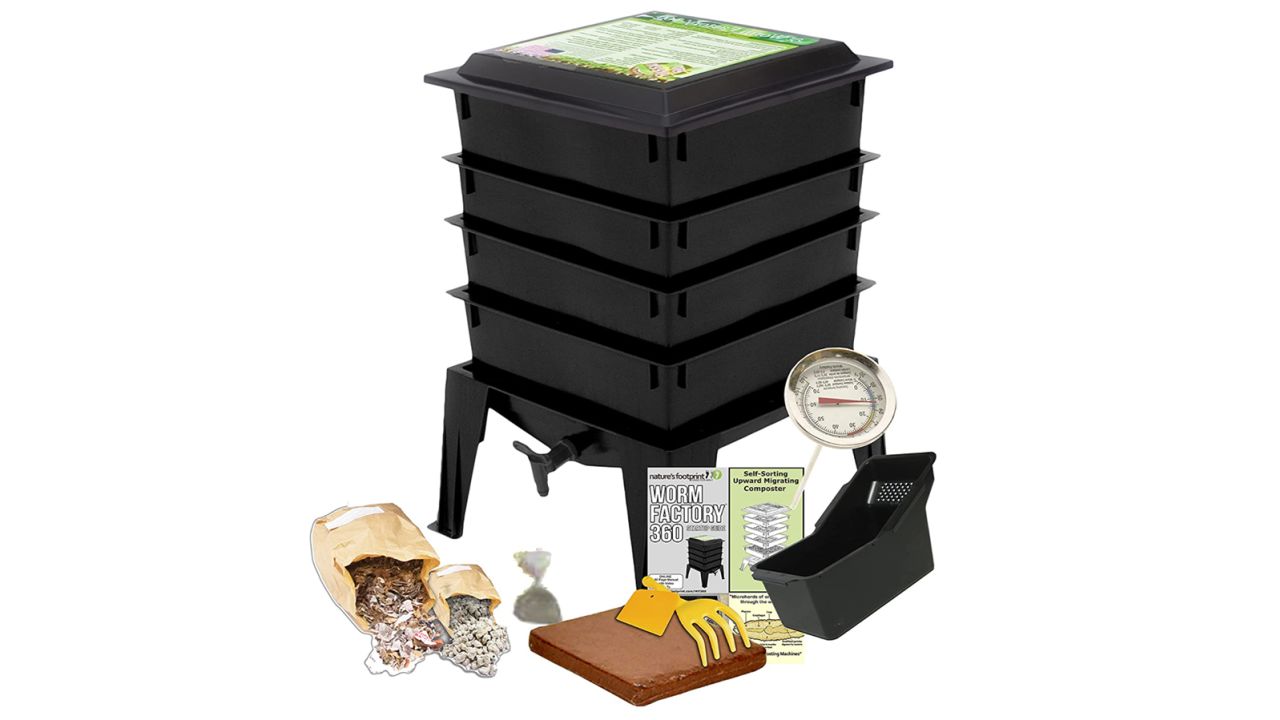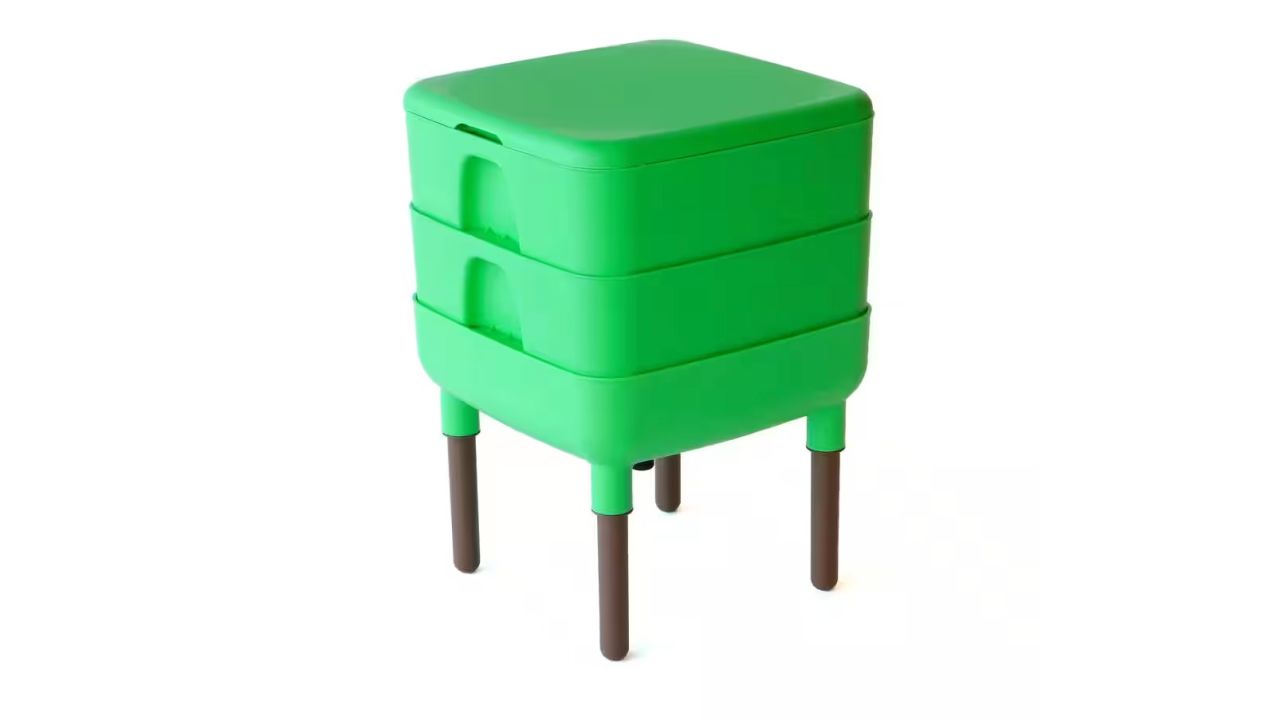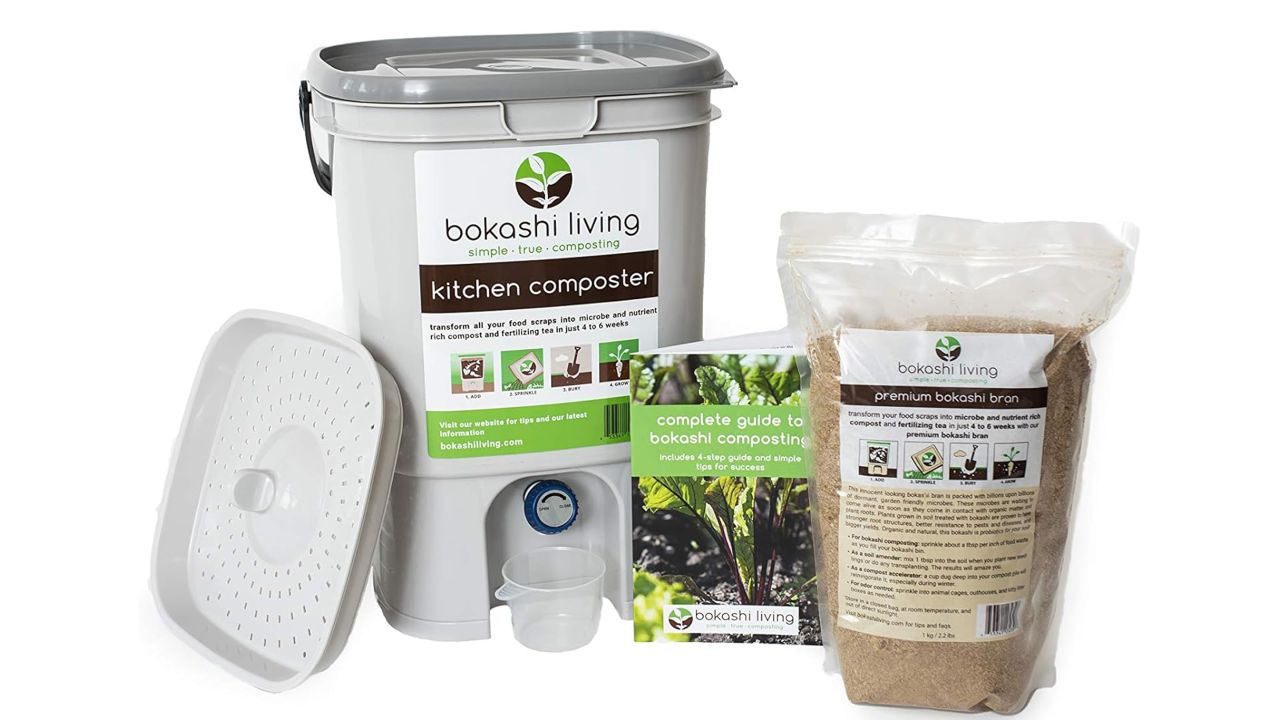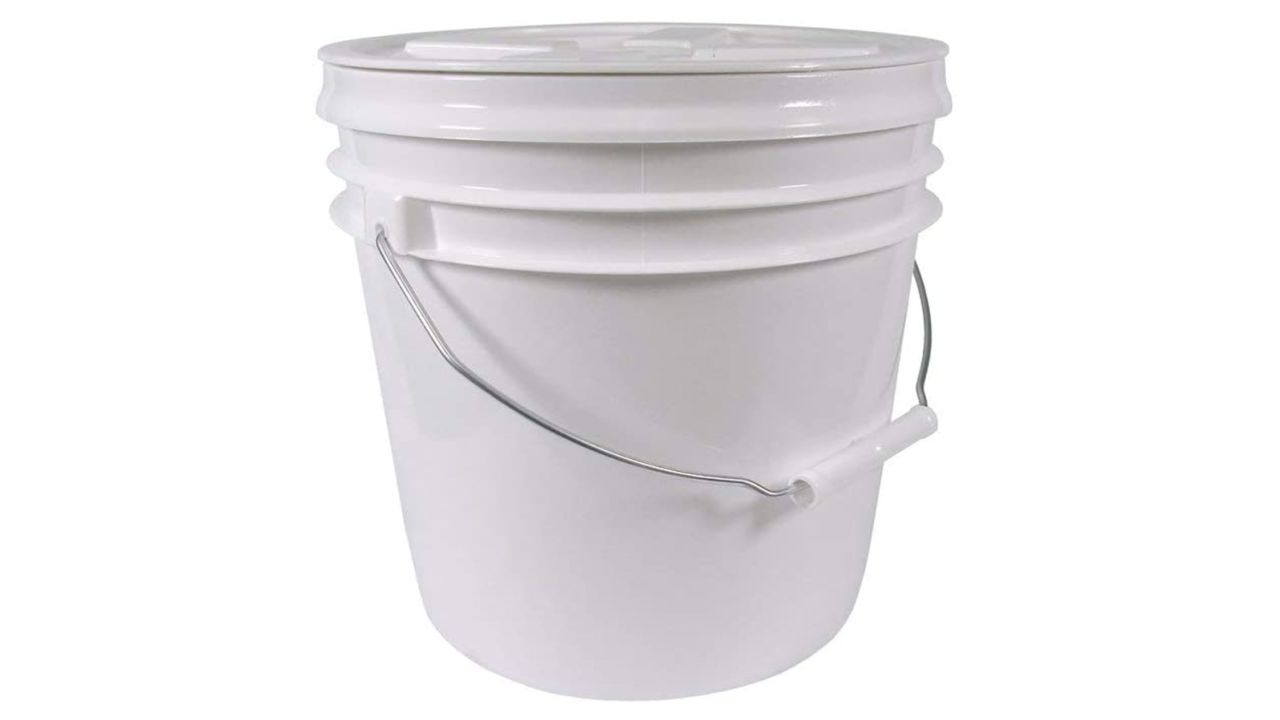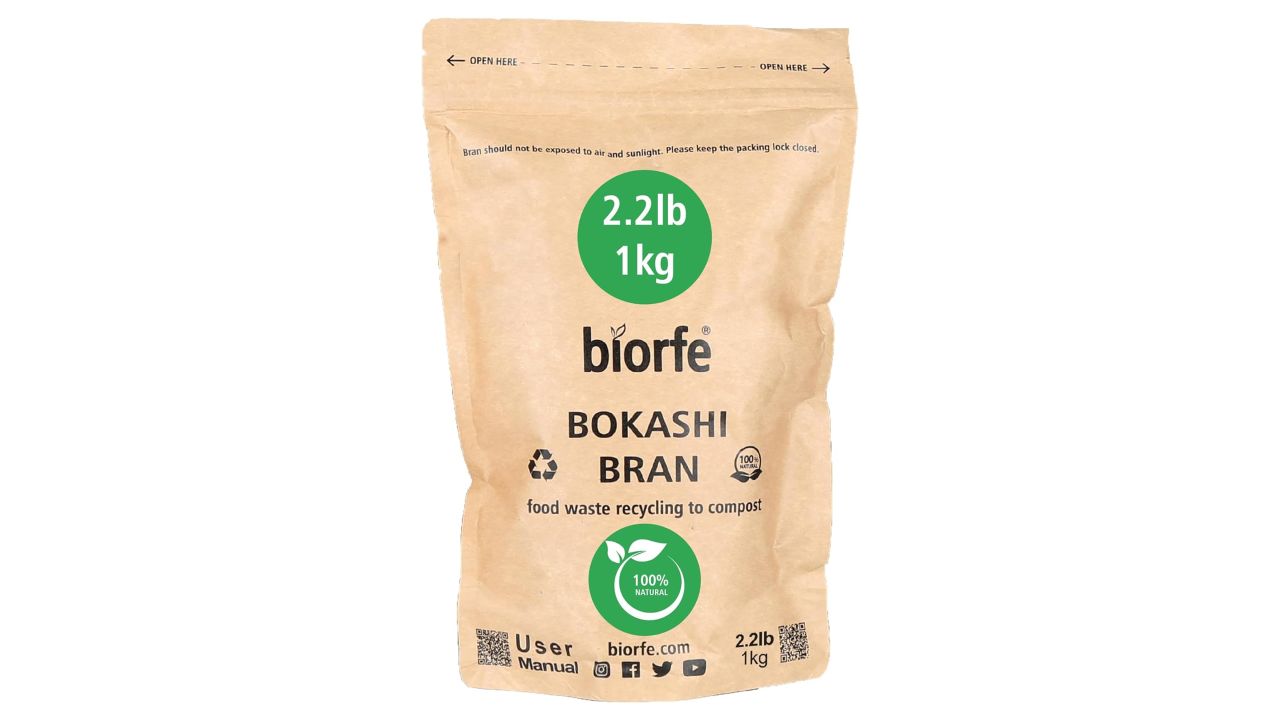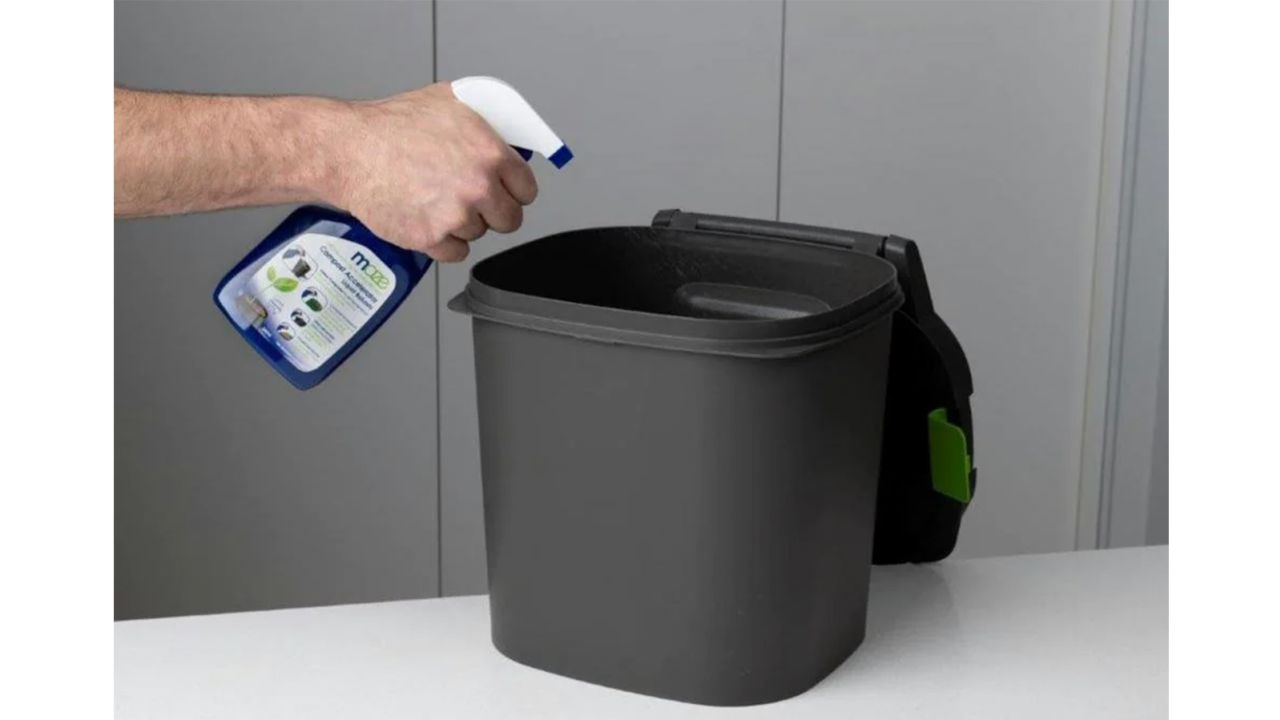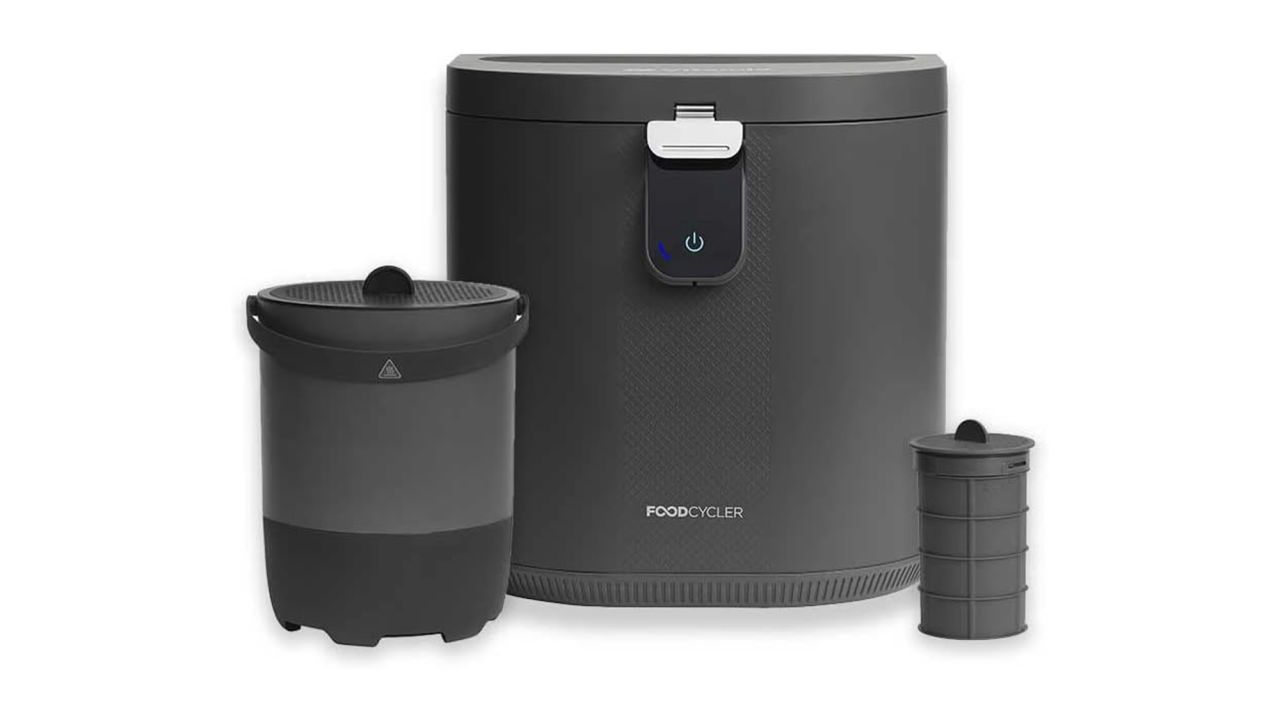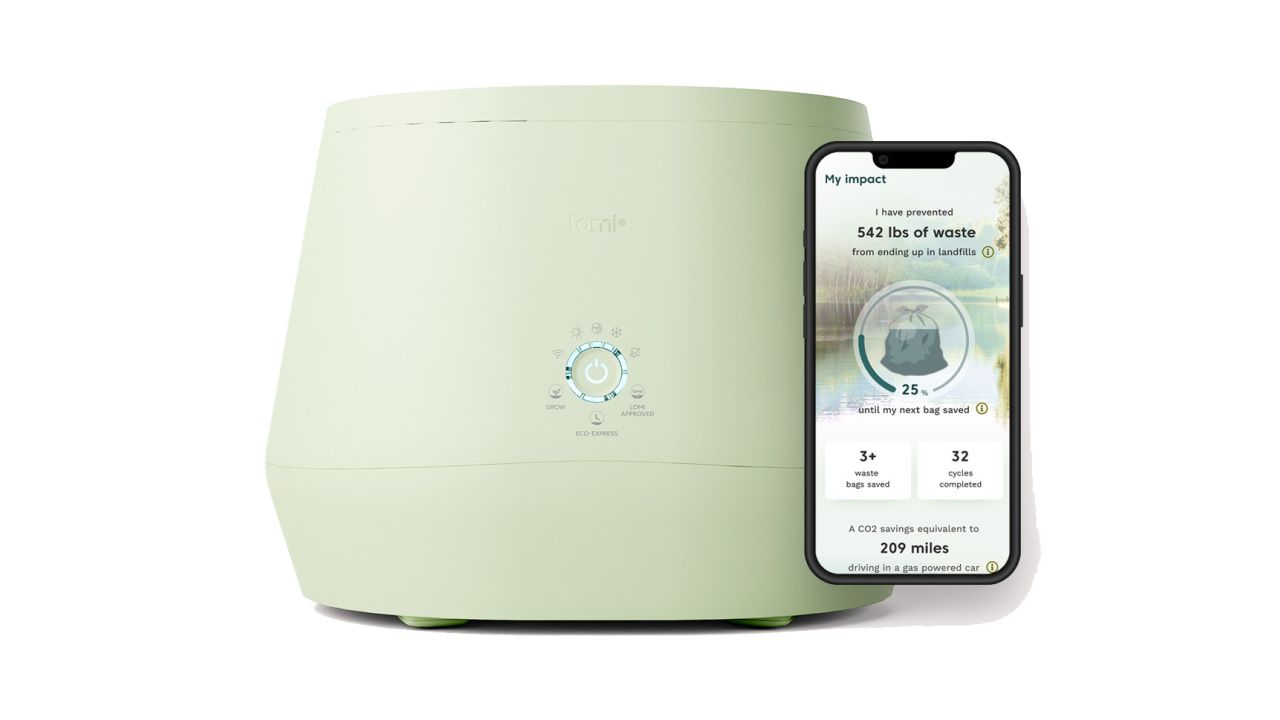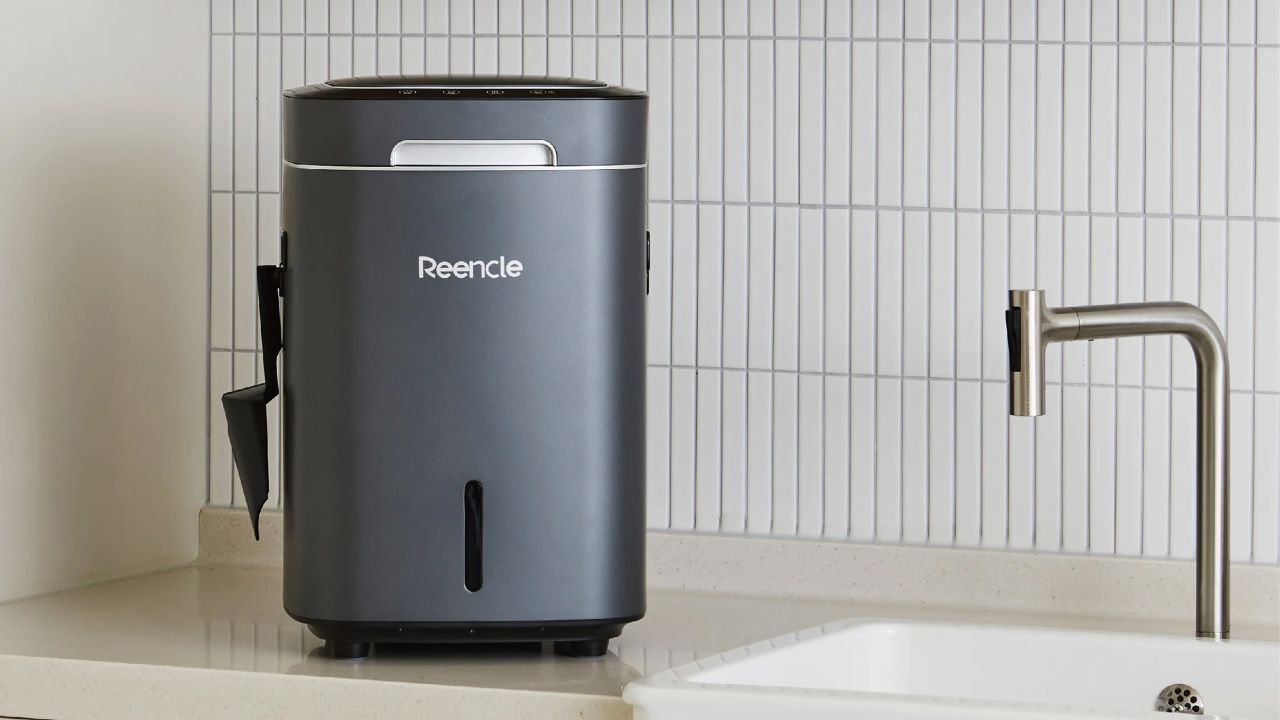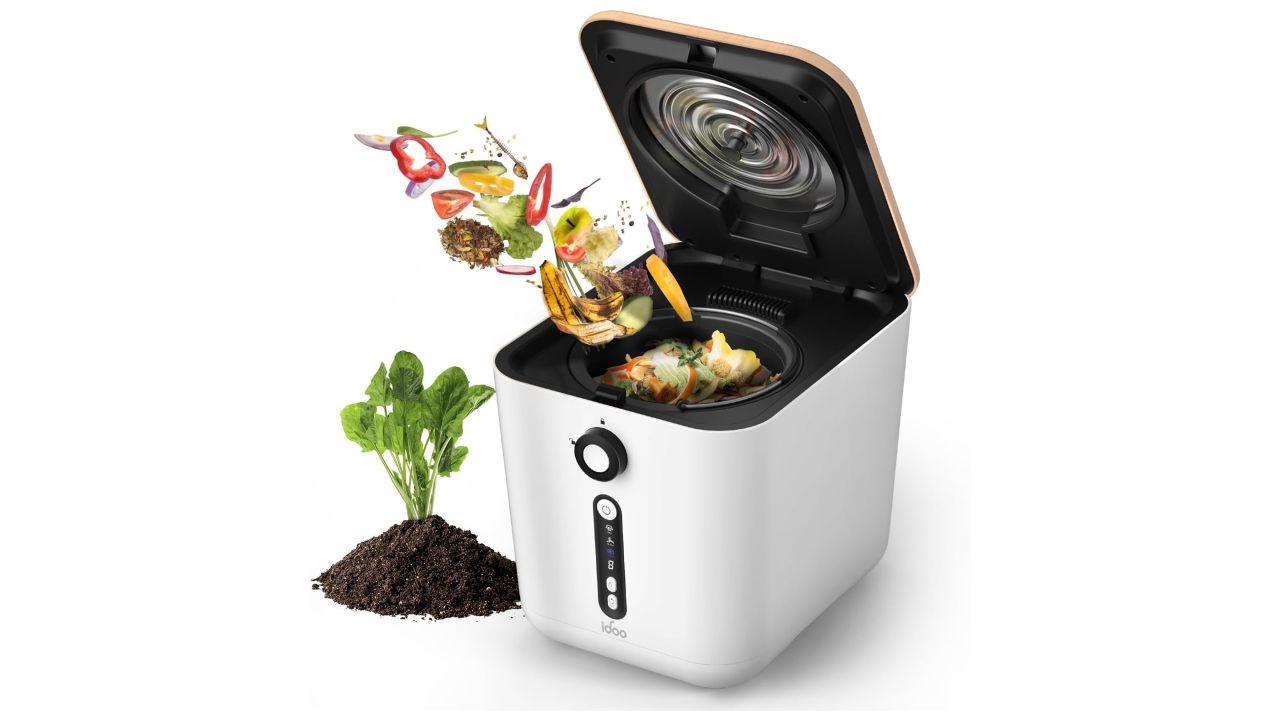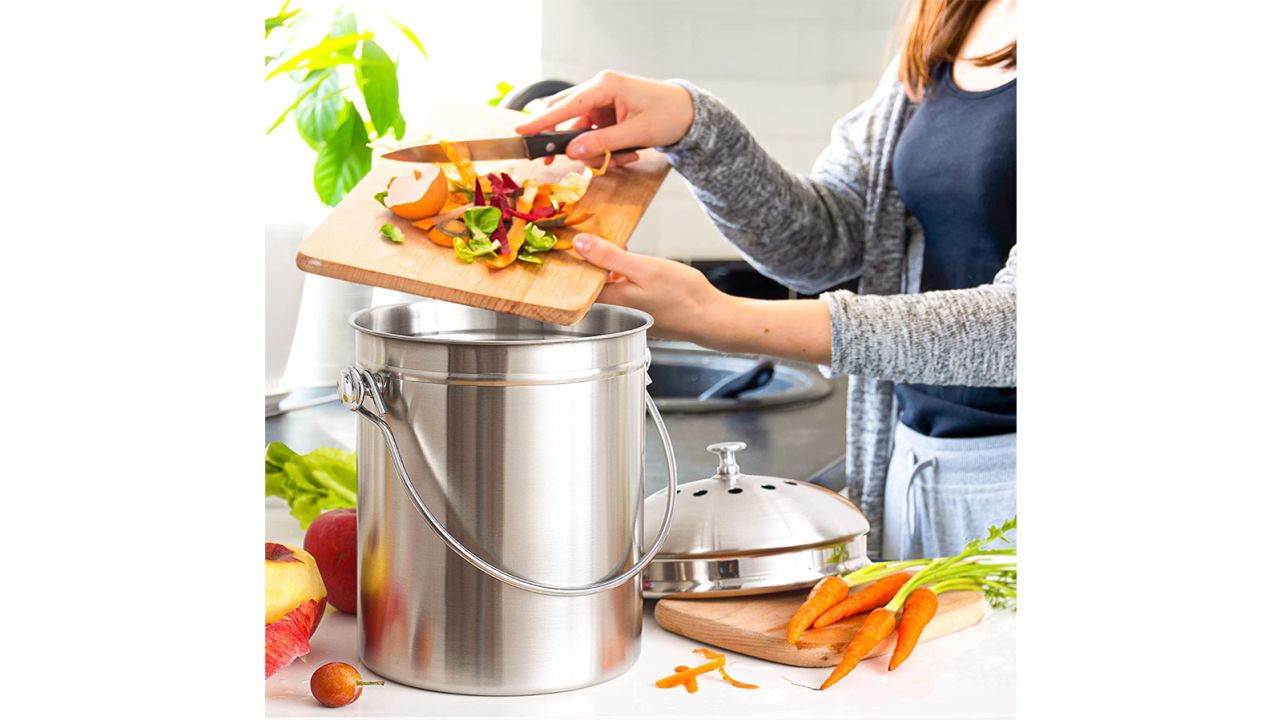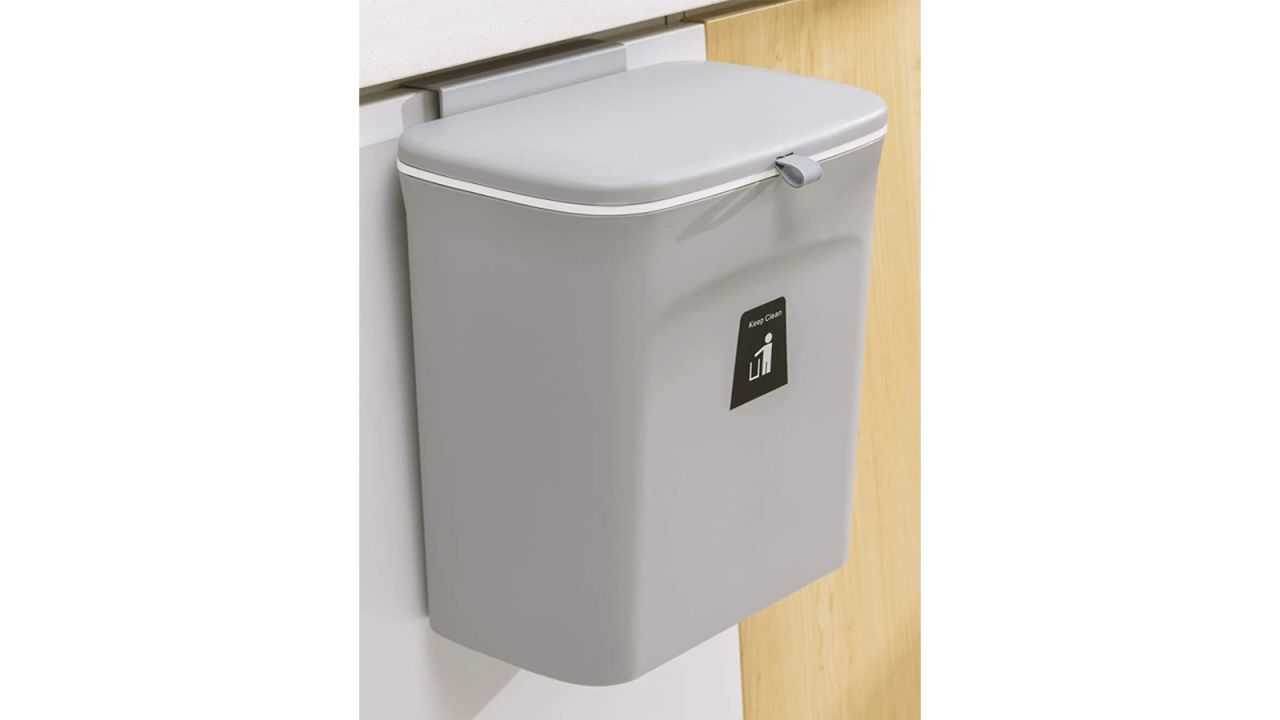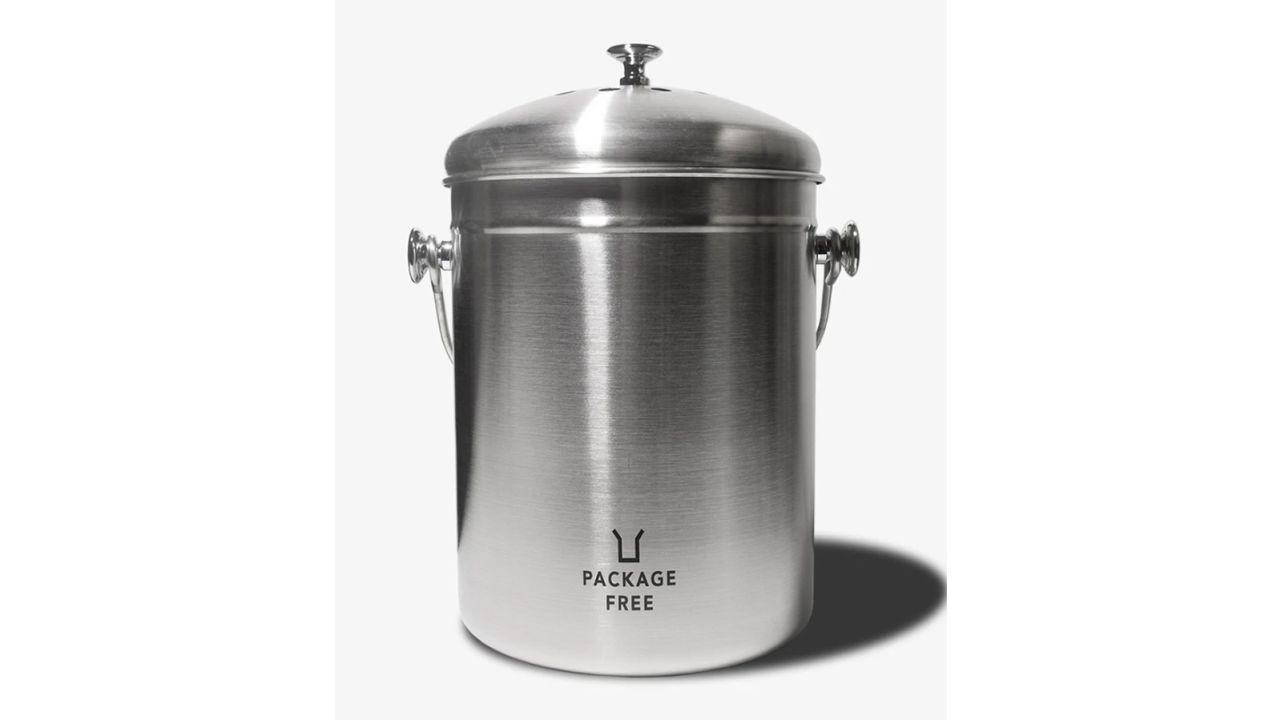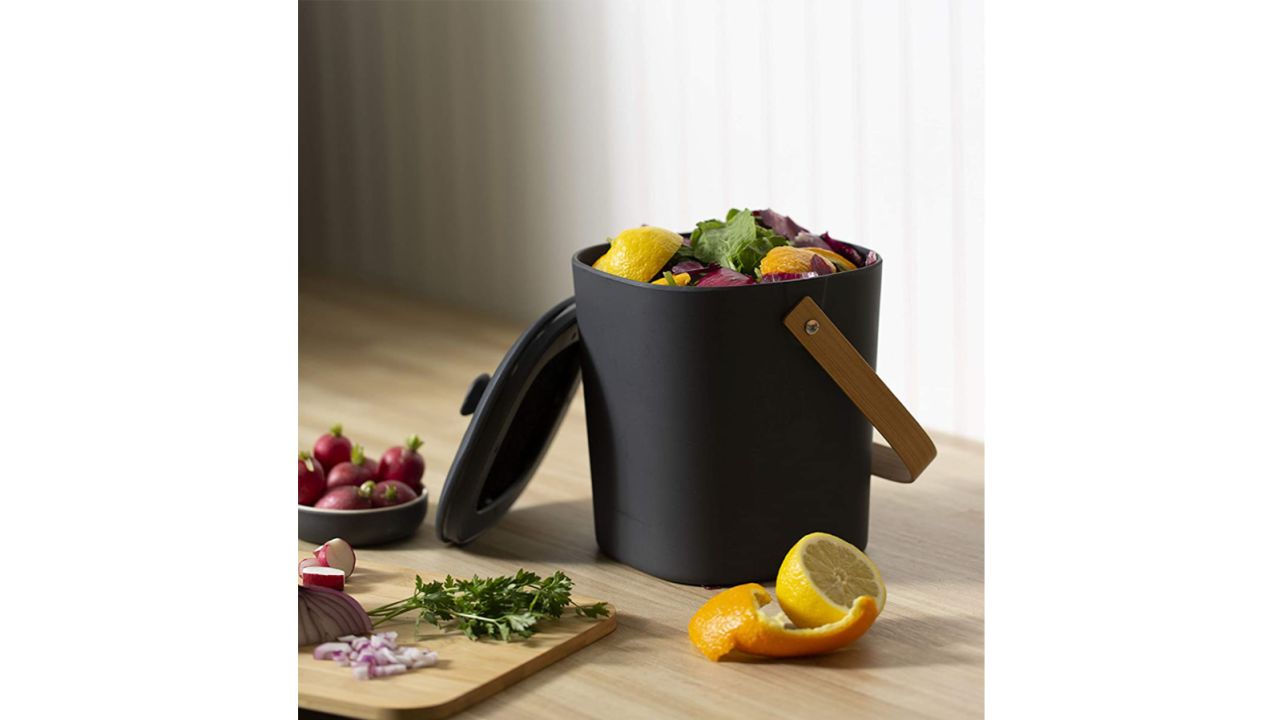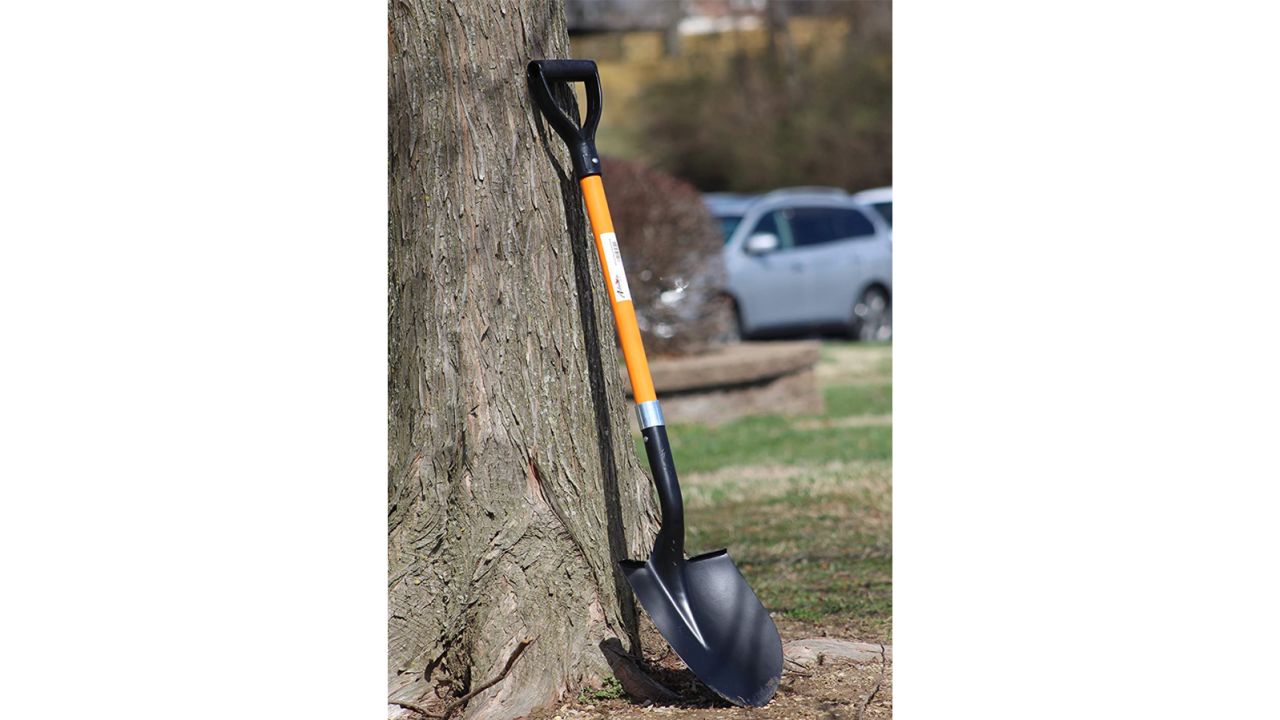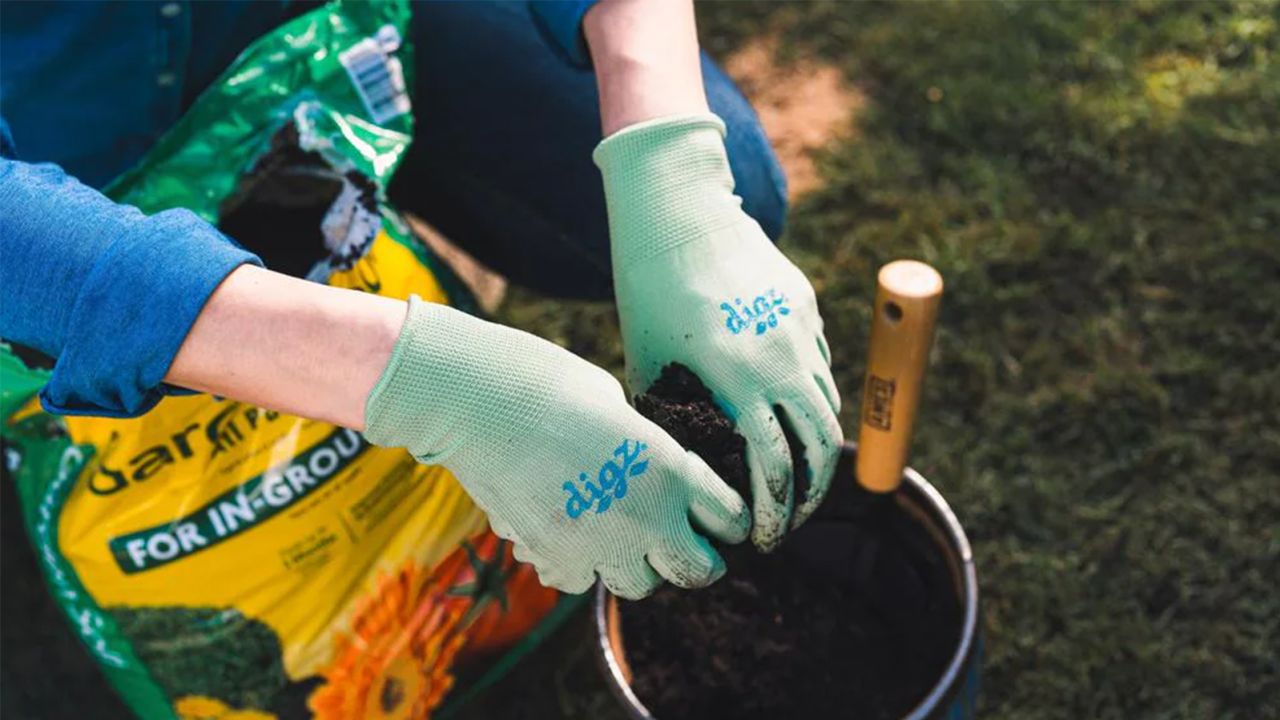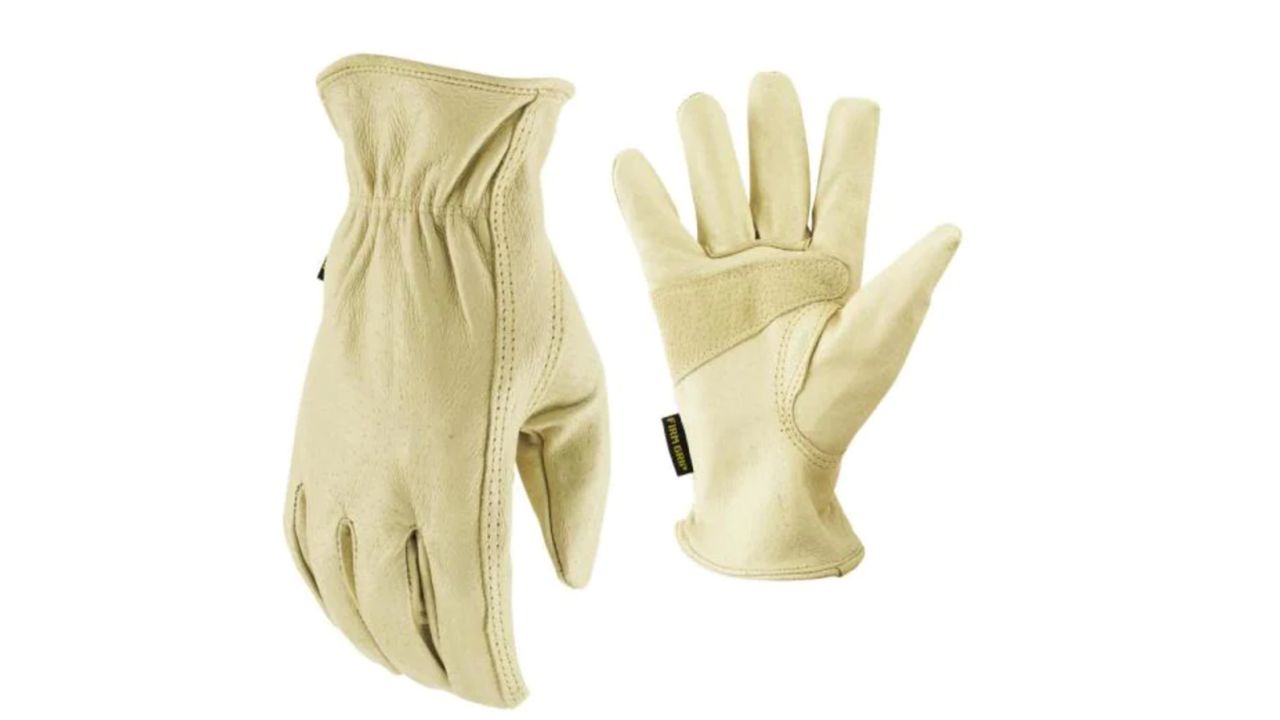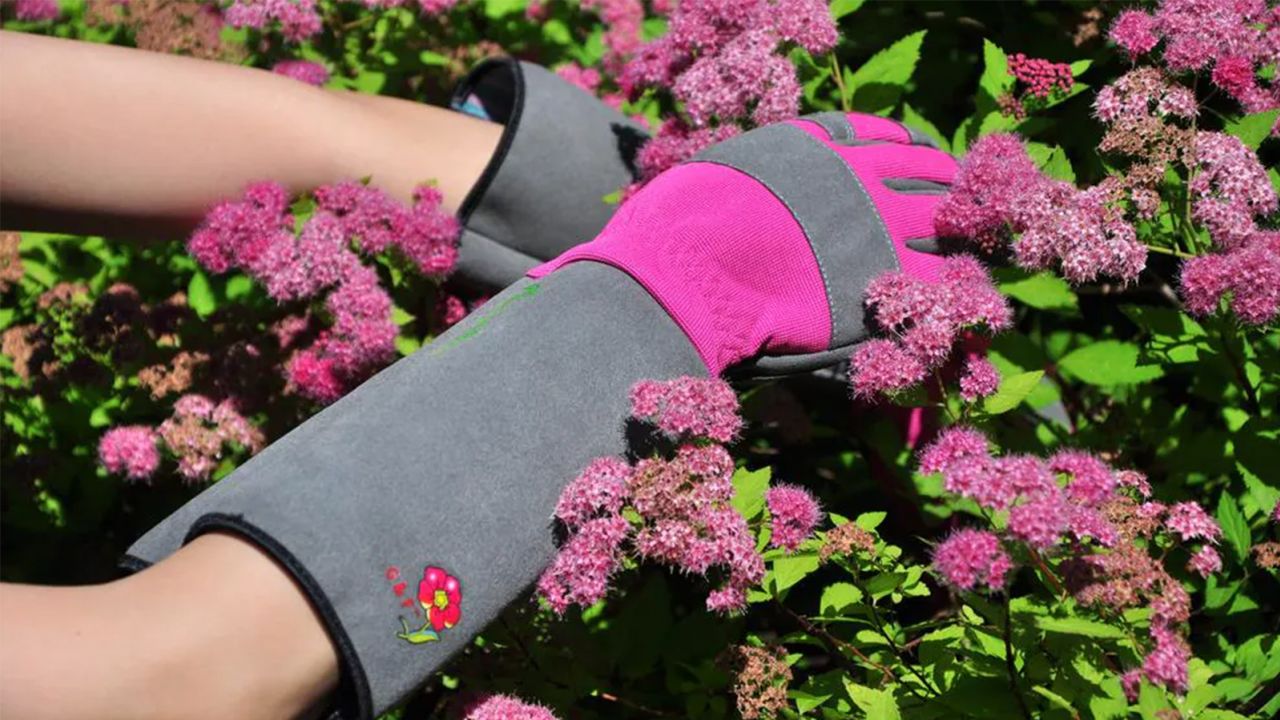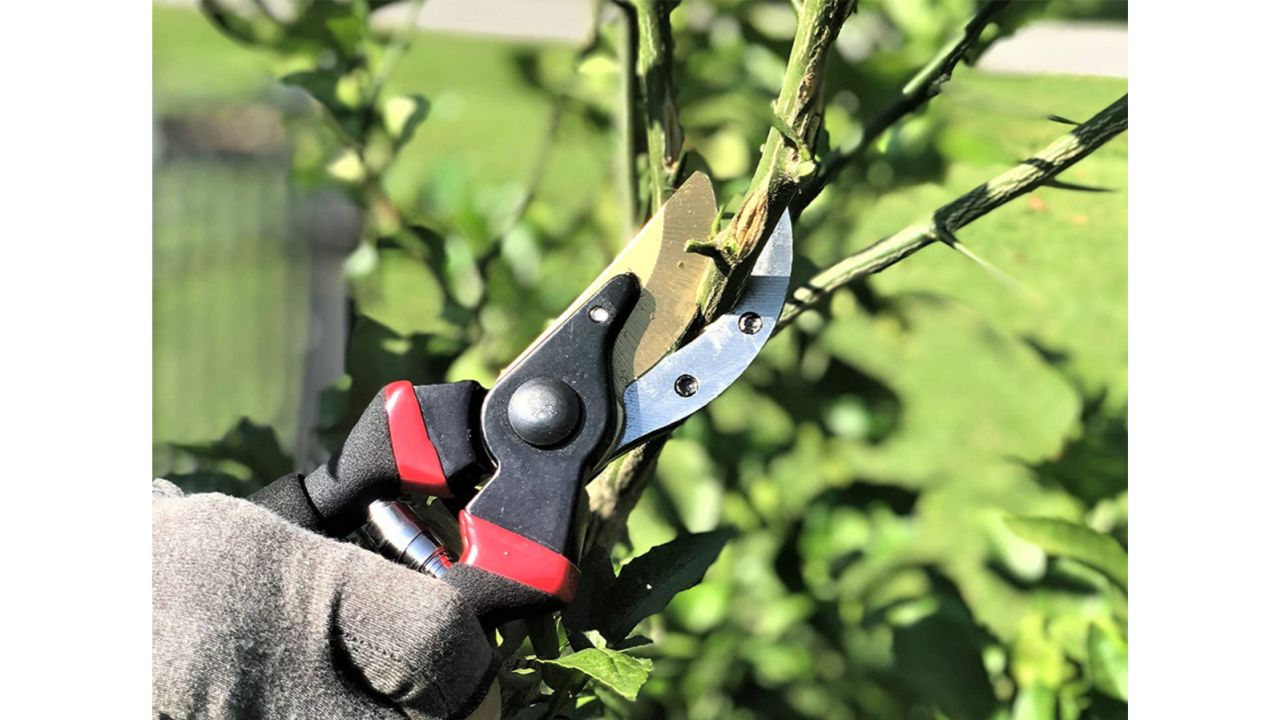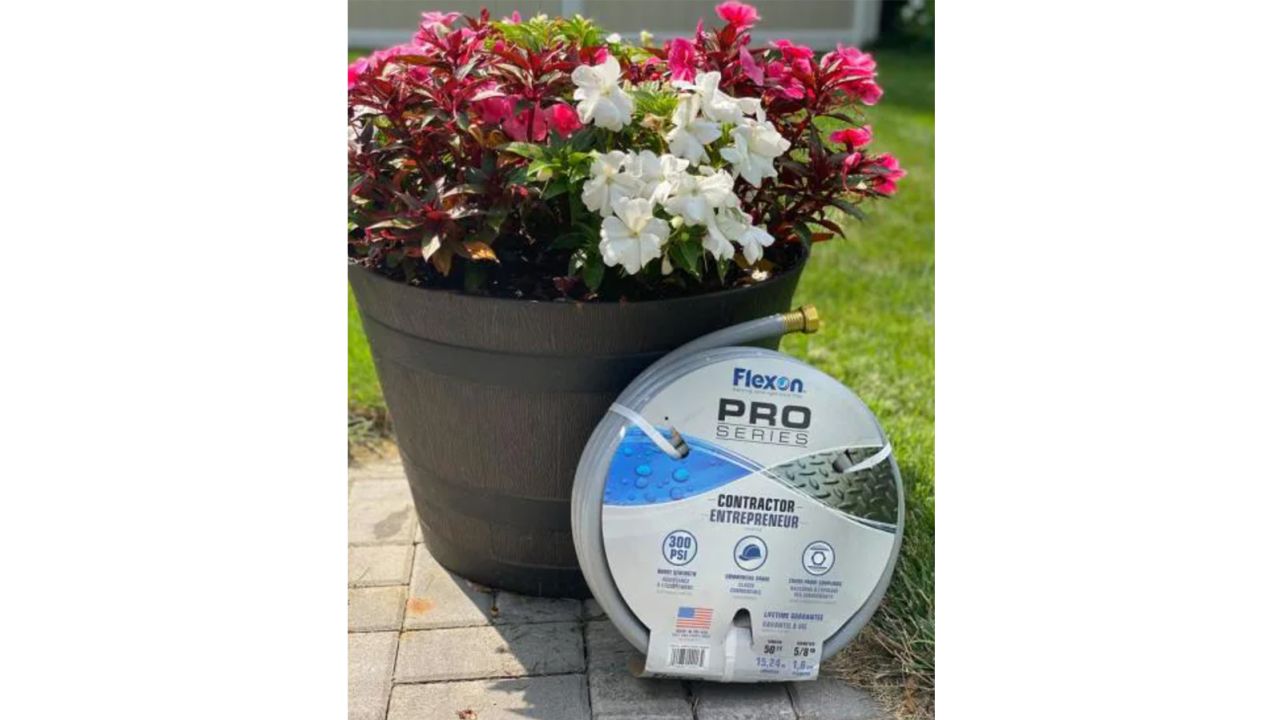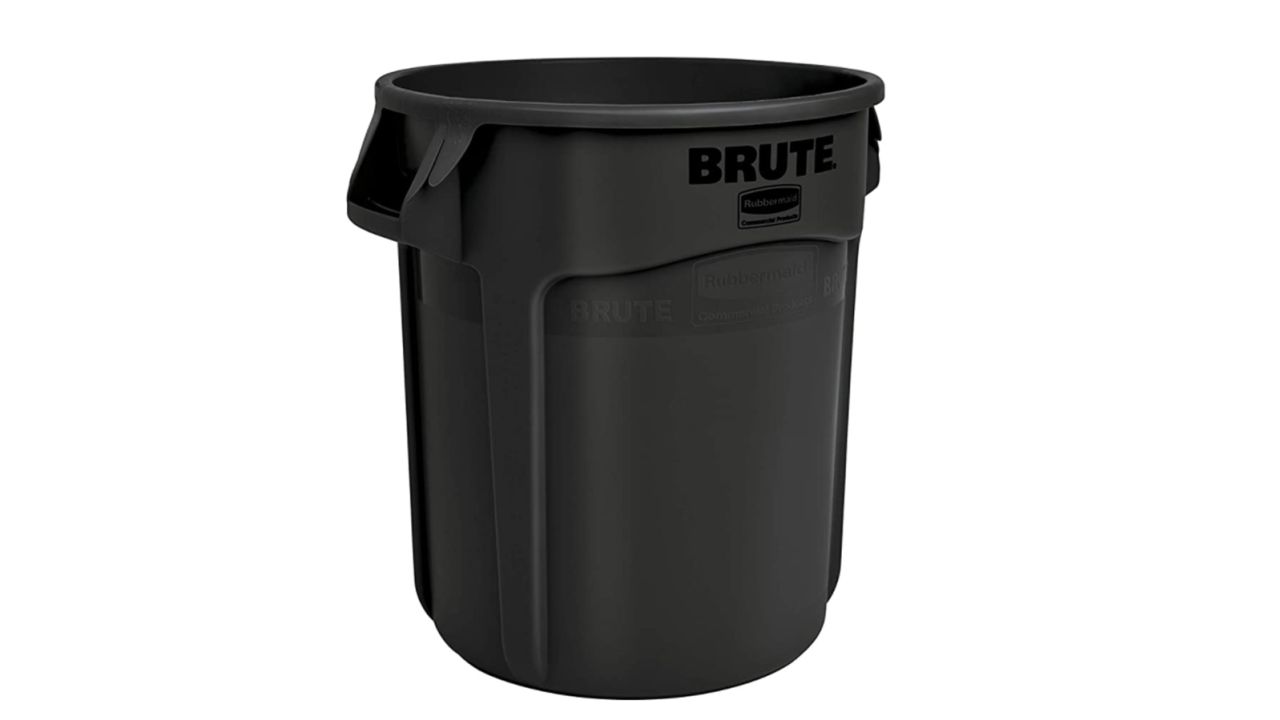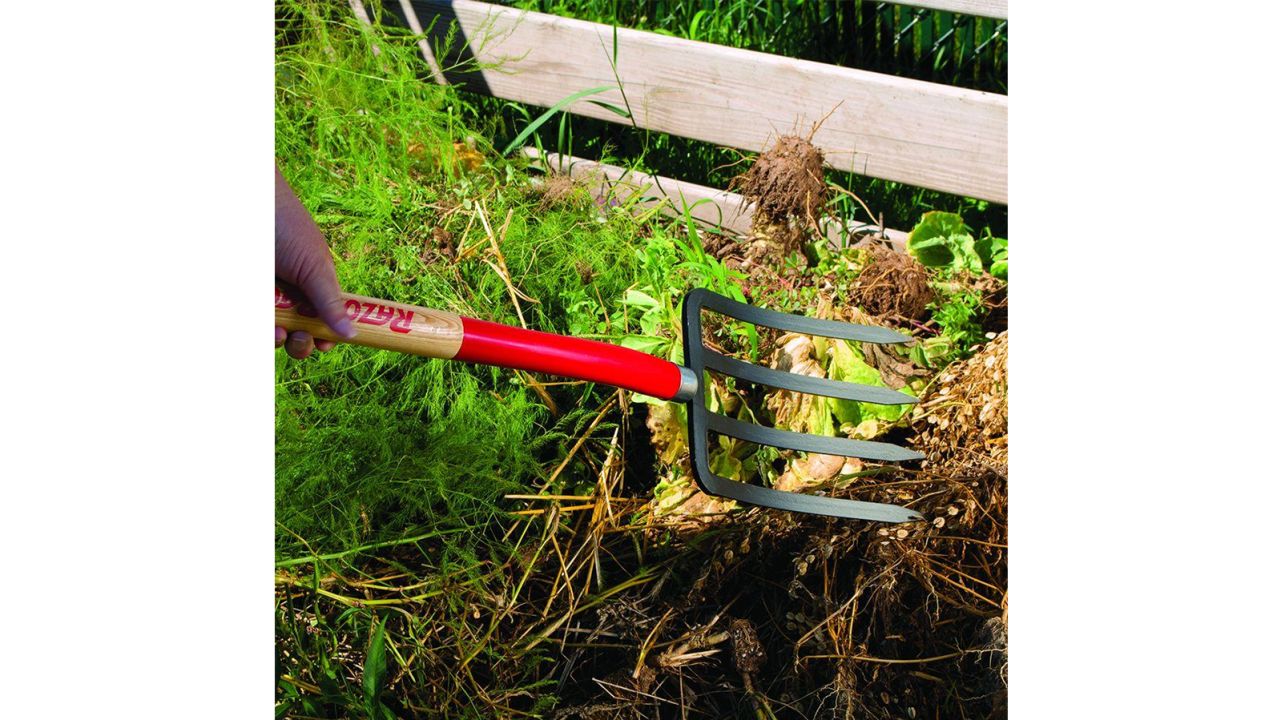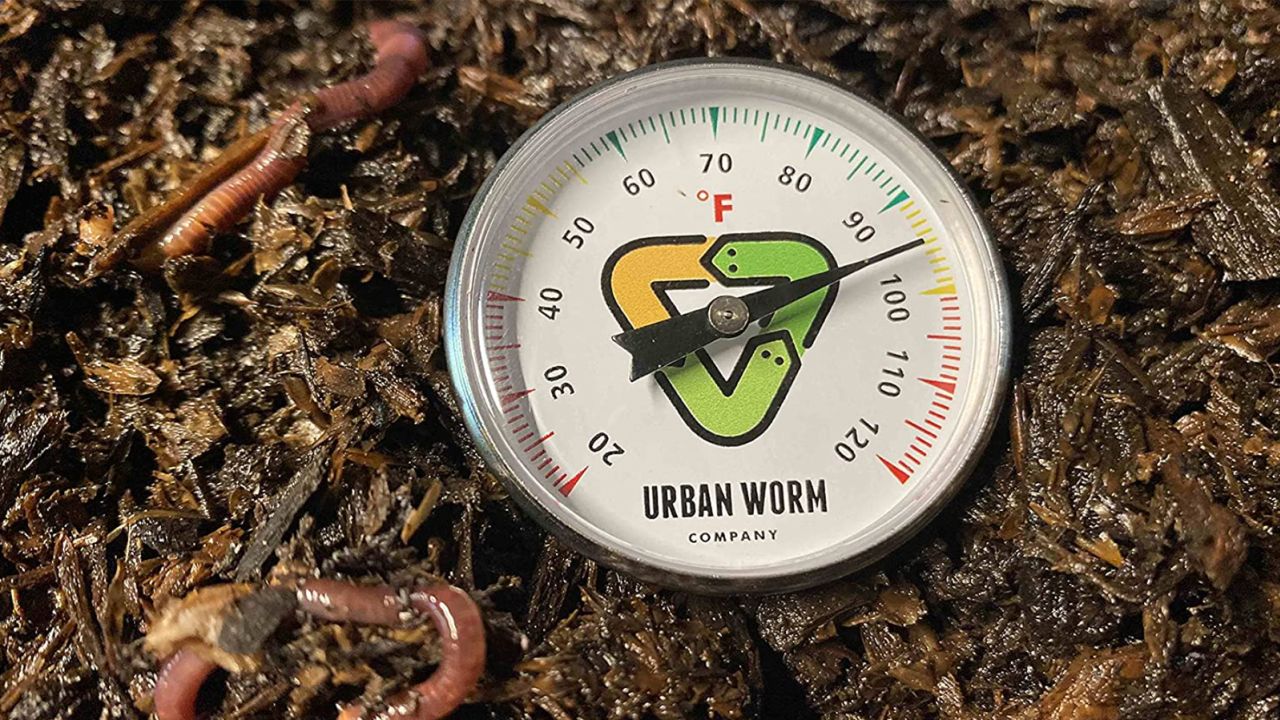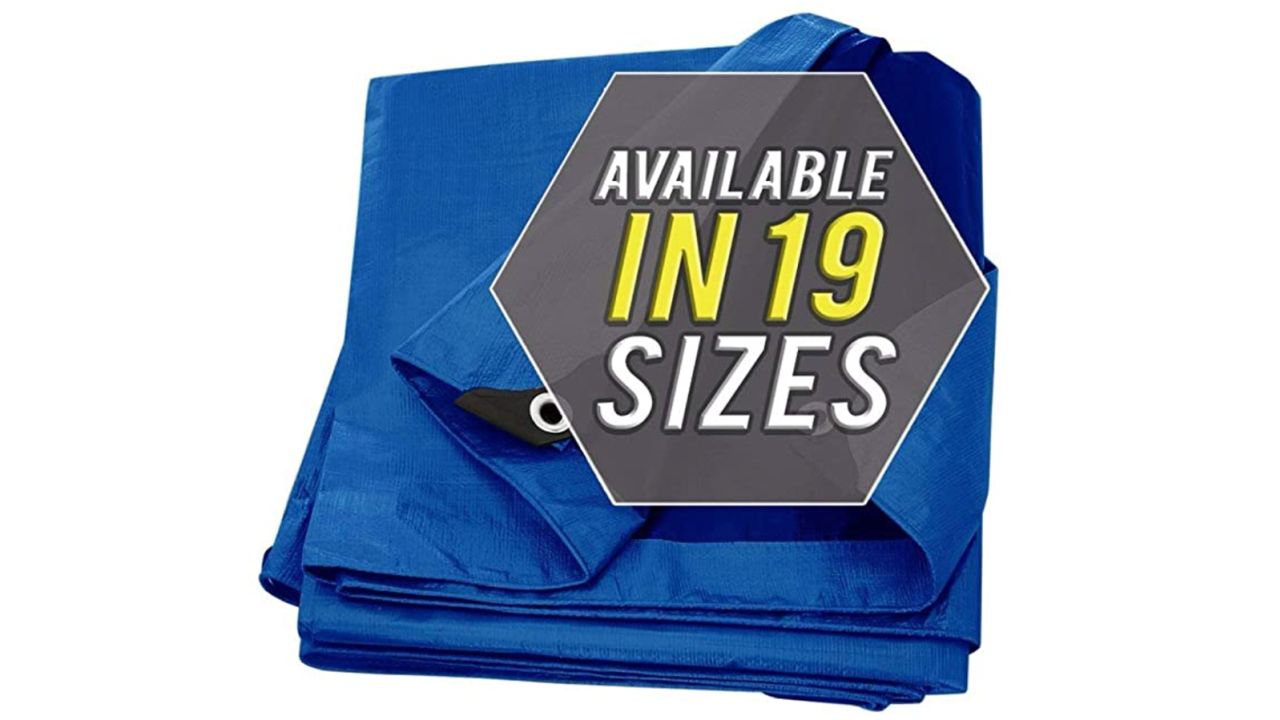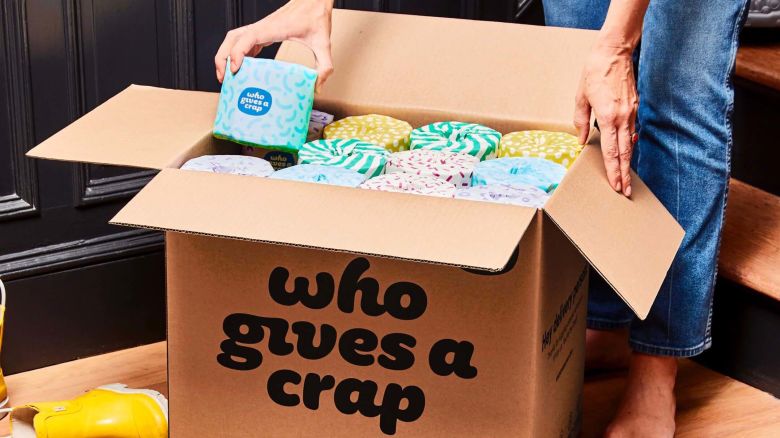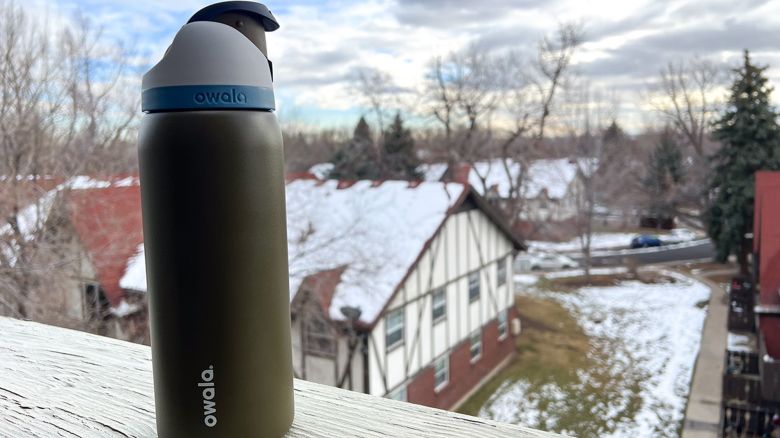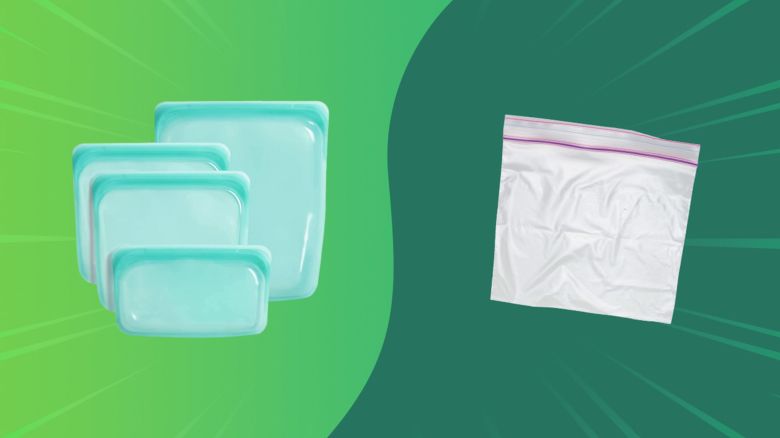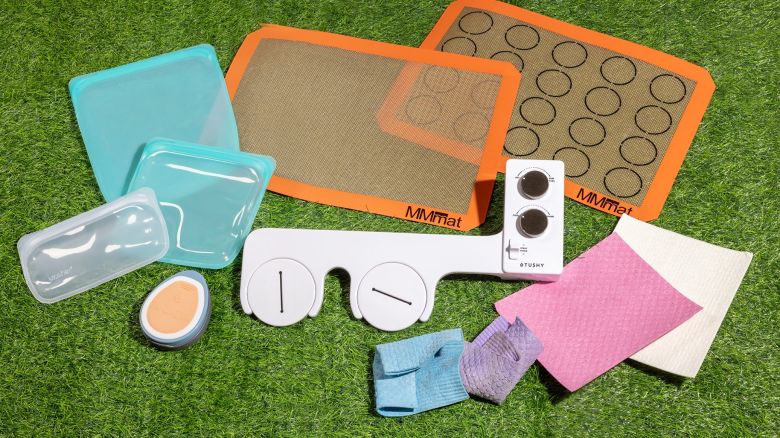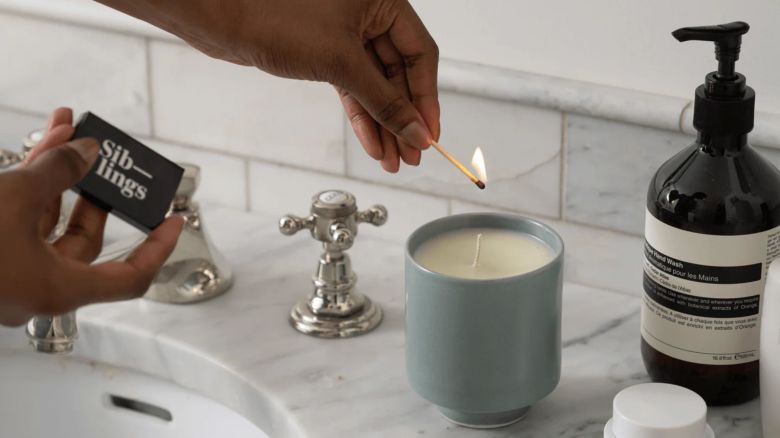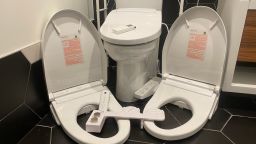This article is a part of CNN Underscored’s Earth Week, a weeklong focus on our planet and ways to celebrate and preserve it. We’ll be featuring tips on how to live more sustainably, products to help you spend more time in nature and exclusive deals all week, so check in every morning to see what’s new and be sure to subscribe to the CNN Underscored newsletter to see it all.
If taking care of the planet is one of your goals for 2024, there are many things you can do on an individual level to be more sustainable. You can use eco-friendly products like Swedish dishcloths, reusable bags and bidets attachments. You can drive less or switch to more sustainable fashion brands and shoes. But if you still want to reduce your impact on the planet, there’s another simple solution that everyone can do: composting.
Food waste is a huge contributor to climate change. In fact, according to the World Wildlife Fund, “about 6% to 8% of all human-caused greenhouse gas emissions could be reduced if we stop wasting food,” and in the US alone, food waste emits about the same amount of greenhouse gasses as 32.6 million cars.
The EPA estimates that over one-third of food is wasted in the US, making it the most common material in landfills. And when food sits in those landfills, it’s unable to decompose. “When organic material (such as food scraps) is sent to the landfill, it is unable to break down naturally, [and] instead produces methane, a harmful greenhouse gas,” says Elena Lopez, outreach and communications manager at LA Compost, a nonprofit that helps improve compost access and education. So much food sits in landfills that, according to the EPA, “globally, food loss and waste represent 8% of anthropogenic greenhouse gas emissions.”
Benefits of composting
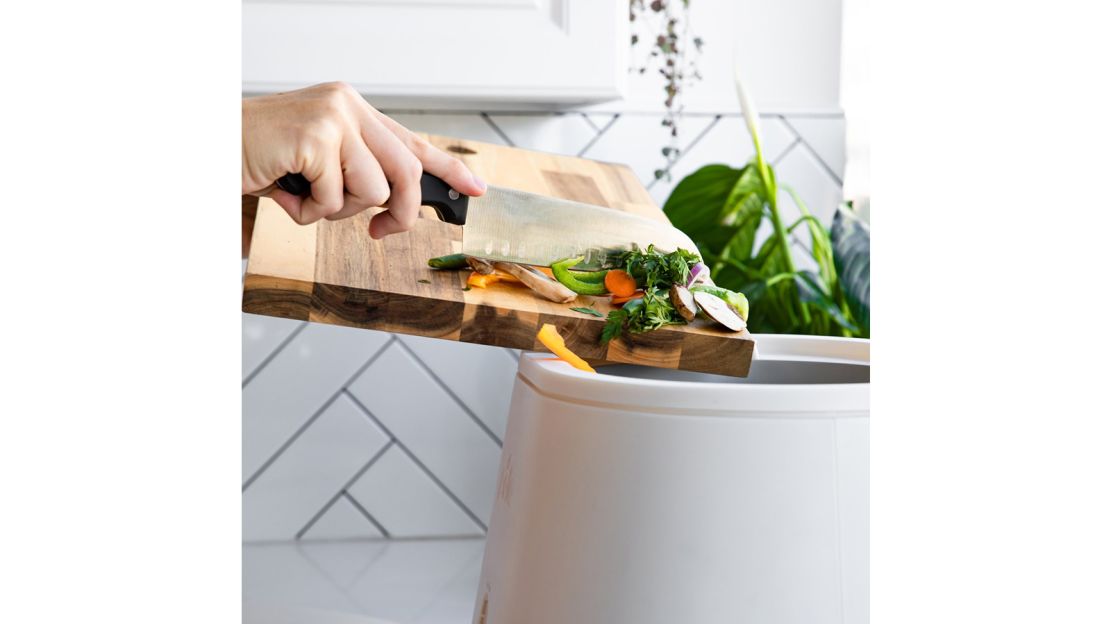
If you want to reduce your own carbon impact, composting your food waste is a great way to start. But if you think composting by yourself is daunting and reserved only for communes and farmers, there’s no need to worry. We talked to sustainable living and compost experts, all who say it’s actually quite simple once you learn the basics.
“Composting is one of the most important and relatively easy steps we can take to realign our lives and society with Earth,” says Rob Greenfield, environmental activist and author of several books, including “Zero Waste Kids: Hands-On Projects and Activities to Reduce, Reuse, and Recycle.”
“First, it keeps food out of the landfill where it emits methane and other gasses that we don’t need. In the landfill wasted food can sit for decades because a landfill is not designed for decomposition,” Greenfield says. “Next, it turns wasted resources like food waste, leaves and paper and turns it into rich compost that can be used to grow our own food and regenerate our depleted land.”
What is compost?
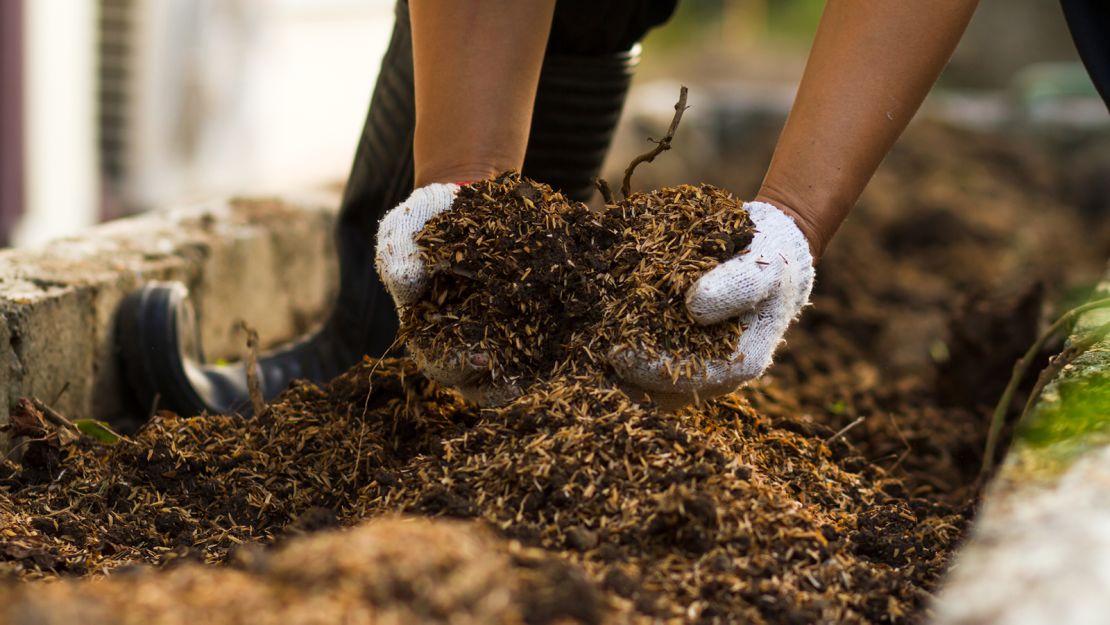
Compost is a soil chock-full of nutrients that’s created after organic matter breaks down. This soil is the end result of a decomposition process that occurs naturally, but one that we can mimic at home through several composting techniques. “When organic materials are composted, the process of composting allows the material to fully break down,” Lopez says. “The result is a finished compost product that is used to amend soils by adding nutrients that help many edible plants grow and thrive.”
If you want to try composting, there are plenty of ways to do it in your backyard, or even in your home. “There are a number of options for composting at home, including worm bins, bokashi, food recycler systems and a variety of backyard systems,” says Tara McKenna, author of “Don’t Be Trashy: A Practical Guide to Living With Less Waste and More Joy” and founder of The Zero Waste Collective. “It’s mostly a matter of picking the right option for your family and your living situation.”
How to compost
We’ll dive in to all the different ways you can compost, but before you choose which one is best for you, it’s important to know how composting actually works. It may seem complicated because there are so many different methods, but at its root, composting is very simple.
“There are four essential elements of the composting process. The first, nitrogen, is what you might typically think of when you think of compost: food scraps! We call them ‘greens.’ Other green materials include green leaves, coffee grounds, eggshells and other materials that were once living,” Lopez says. “Next is carbon, or what we call ‘browns.’ Browns include mulch, dried leaves, sawdust, newspaper clippings and brown paper towels and bags.” Along with greens and browns, Lopez says compost also needs oxygen and water to keep the organisms that break down your food alive and well.
“Once you understand these elements, you will simply collect your greens, add them to your compost system and layer browns over the greens each time,” Lopez says. “This is called ‘lasagna composting,’ due to the layering.” Lopez says you should turn and water your compost regularly, and your pile will start to shrink as the composting process begins.
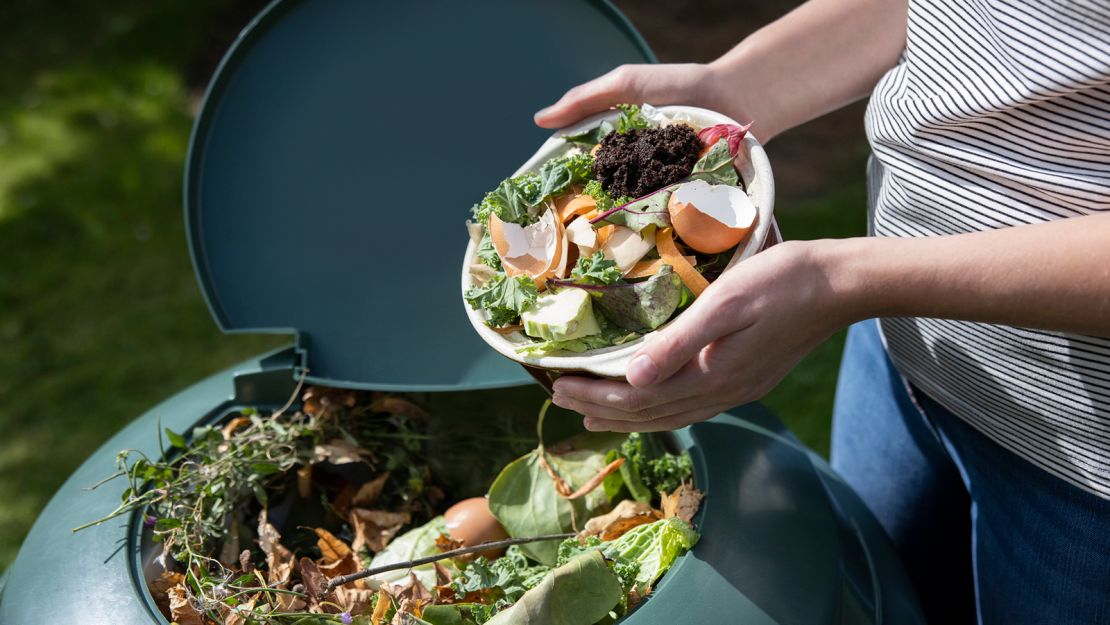
Lopez says the compost will have a moderate temperature of 65 to 100 degrees Fahrenheit in the first few days as the organisms begin to break down easy-to-digest materials. After a few weeks, the temperature will rise to 130 to 155 degrees Fahrenheit as harder-to-digest materials are broken down and, finally, after six to eight weeks, the decomposition will slow down and your compost will be finished. Lopez says to watch for a dark-brown color and an ambient temperature of about 80 to 110 degrees Fahrenheit to know your compost is complete.
While you’re composting, you’ll want to monitor the system to make sure it has enough of each of the four elements. Lopez says any problems that arise can most likely be solved by adjusting your ratio. “Pile isn’t heating up? Try adding more greens or turning more often. Getting odors or pests? Add more browns,” she says. “Composting is a natural process and is all about creating the right environment for organisms to live and do their jobs breaking down the organic material.”
However, depending on what method of composting you use, this ratio can differ. “It’s always dependent on the system. Every system has its own rules, and that’s why you’ve got to know what you’re making and how you’re making it,” Rebecca Louie, master composter and author of “Compost City: Practical Composting Know-How for Small-Space Living,” says. “Someone’s not going to hand you a Cuisinart and then you’re gonna use it like a pizza stone. It’s a completely different thing.”
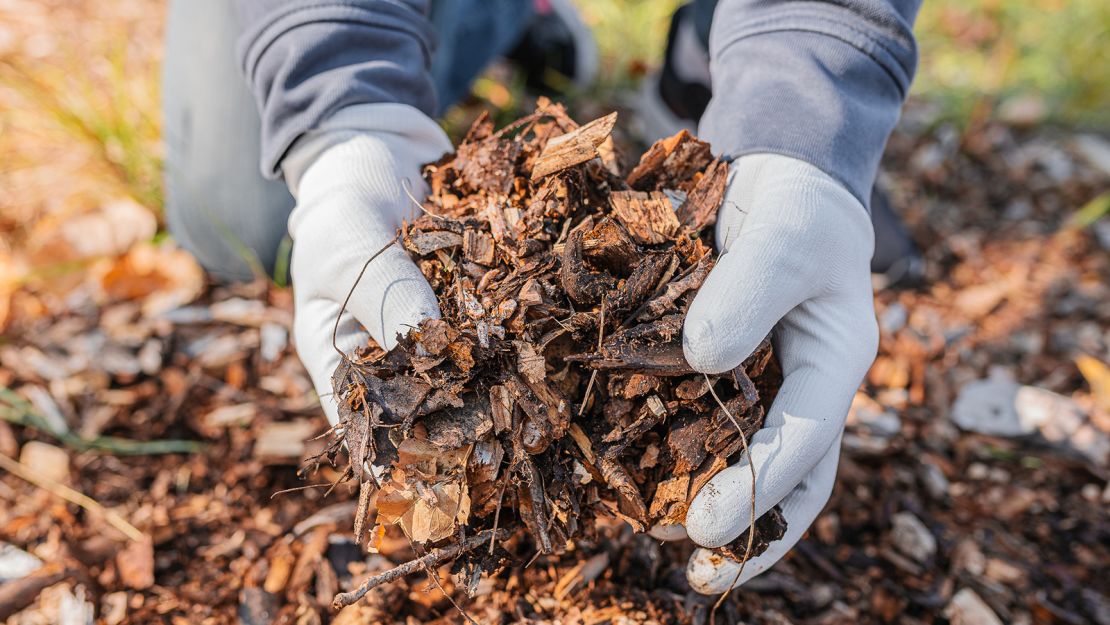
Louie likes to compare composting to making a cocktail. “There is a basic recipe for it, but you have to find out the precise elements that work for you, the right ratio for things,” she says. Louie (aka The Compostess) says you need to take into account all factors, such as if your environment gets really hot or cold and what sort of food scraps you plan on composting. “The goal, ultimately, is to create a system that is optimal for the bacteria to step in.”
To ensure your compost is friendly to bacteria, Louie says the amount of moisture in your system is critical. “The ideal balance and texture coming out of any compost system should be that of a wrung-out sponge,” she says. You can’t let it get too wet or too dry or else the process won’t work properly.
Compost tips
The basics are simple, but to ensure you have a happy composting journey we asked our experts for their favorite tips and tricks.
- Louie recommends covering your greens and food scraps with lots of browns if you don’t have a system with a lid. If you bury those scraps down in the pile, it’s less likely any pests or predators will be able to sniff them out.
- Louie also says that if you’re running short on browns and don’t have piles of dead leaves, you can use egg cartons, shredded paper and even cut-up, non-waxy cardboard boxes.
- When it comes to choosing a composter, Louie says it’s better to go simple. “In most cases, the bells and whistles on a product are just that and not necessary if you’re doing it right,” Louie says. She encourages you to buy basic products or even build your own system and puts emphasis on gaining more compost knowledge so you won’t need any fancy features.
- If you still want to compost but can’t do it at home, McKenna says to research to see if there’s a composting program near you. “See if a local community garden or farmers market will take your organic waste for compost,” she says. Lopez echoes this sentiment and says to ask around. “You may have a network of community composters near you and not even know it,” she says. “Check out makesoil.org or sharewaste.com to see if there are community composting efforts near you.”
What can compost be used for?
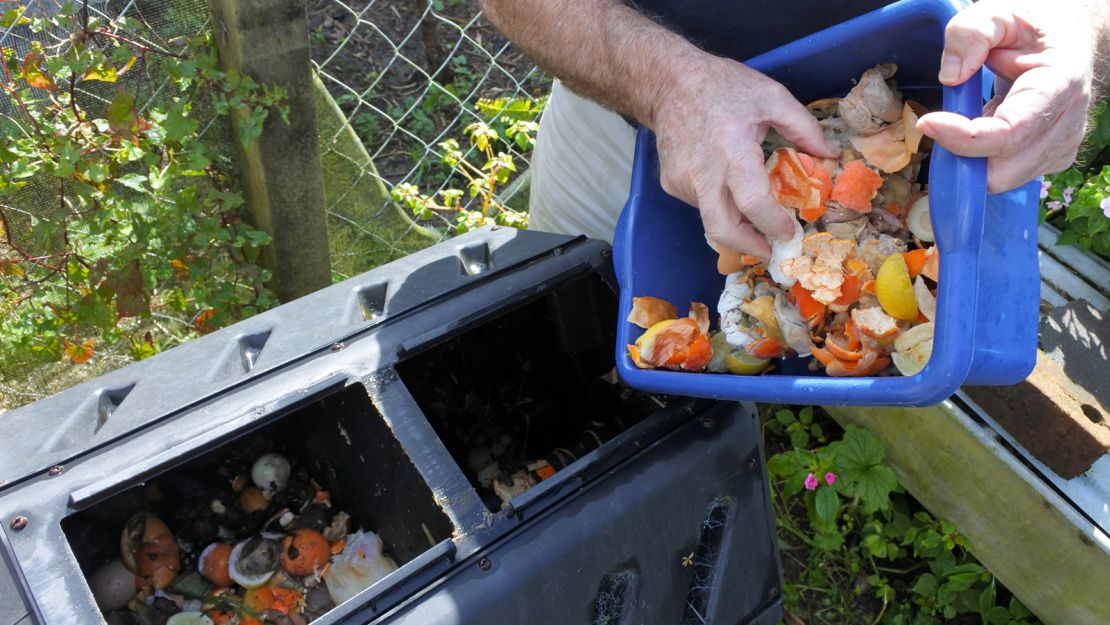
“Compost is like a magical elixir for any soil ecosystem,” Louie says. It helps plant growth, thanks to its multitude of nutrients and microbes, and thanks to its richness, you can add compost anywhere there’s soil. Louie recommends adding the final product to your garden, your plants and even trees on the street or at the park.
In addition, if your system doesn’t produce lots of compost, such as with a vermicomposter, you can make compost tea, according to Louie. Just take compost, put it in some water, give it a sugary food and aerate it. It will bubble and become alive, then you can pour it into your soil for a nutritious boost or spray it on your plant’s leaves.
Types of composters
Now that you know the basics of composting, it’s time to figure out which system to use. To choose which compost method is best for you, Louie says the most important thing to do is figure out exactly what, and how much, you want to compost. “Set your own expectations of what you want to do,” Louie says. “Find a system that realistically matches with your waste stream and the level of effort that you want to put in.”
In-ground compost
If you have access to outdoor space, you have plenty of options for compost. The first, and what Louie says is the easiest, is what’s called trench composting. To trench compost all you need to do is dig a deep hole, toss your food scraps in and cover it with 8 to 10 inches of soil.
A second and similar way is with a digester, which is basically a bin that’s partially underground and partially aboveground. The part of the digester that’s below ground has holes so the soil’s ecosystem can break down your food scraps, but its lid on top keeps smells and pests away.
There’s some variance in digesters, as some use a design that uses the heat of the sun to help decomposition and others encourage you to add worms. According to Louie, while digesters are able to compost your waste without worms since they’re placed in the ground, adding the little critters can help speed up the process — especially if your soil doesn’t naturally have a lot of worms — but in general they aren’t necessary.
Both these methods require less upkeep than other composting methods because they have access to the actual soil, which helps break down food with less maintenance. If you use a contained system like a vermicomposter or an elevated compost bin you’ll have to keep a closer eye on your ratio to ensure everything is composting smoothly.
In-ground composters
This digester lives partially in the ground, but its conical design helps heat up your food scraps to accelerate decomposition. Louie says if you go with a digester like this one, you should avoid adding worms because they won’t like the heat.
Bury this 8-gallon composter inside your raised bed, fill it with worms and food waste and you’ll have a perfectly integrated system for nutrient-rich soil. Unlike bulkier composters, this one’s low-profile design blends in with its surrounding.
A buffet for worms? That’s the goal with this in-ground composter, which has holes throughout to allow worms to move freely into your raised garden bed. This system should break down 2 to 4 pounds of kitchen scraps weekly.
If you want to save money, you don’t have to actually buy a digester because you can make one yourself. Just drill holes into the bottom and lower third of a galvanized steel trash can, embed it into the ground and — voíla! — you have a composter.
On-ground compost bins
Yet another option is a compost bin that sits on top of the ground but still has holes in the bottom to help with drainage. It doesn’t have as much access to the natural soil, but since the bin is aboveground you can get a composter with multiple bins or even two separate ones if you need you to compost more at the same time.
This system is similar to the one Greenfield prefers, which is an open-air, DIY composter. “The two main ways that I make a compost bin are with pallets that I pick up from going to waste or with hardware cloth/chicken wire,” Greenfield says. “Simply put the three pallets together to make a U shape, and then, on the front, fashion some sort of door to keep dogs out, such as wood slabs, chicken wire or another pallet. Or if you are using the hardware cloth/chicken wire method, use about 10 feet and tie it into a circle. Simple as that!”
On-ground composters
This 50-foot package of chicken wire is more than enough to build a simple, circular compost station like Greenfield’s.
If you want something that’s a bit easier on the eyes, this prebuilt wooden composter is a good option. This model makes accessing the compost easy with a pull-out door.
This steel-wire compost bin is the same idea as a circle of chicken wire, but this one has a door so you can easily access the compost when you need to.
This compost bin features a twisting lid to make it harder for pets and pests to get in, along with an adjustable body to regulate airflow. Plus, it has a big opening at the bottom so you can easily remove compost when it has fully broken down.
Elevated compost bins
The last of the outdoor options are elevated, completely aboveground containers that have their own bottom that doesn’t leach into the soil. “The benefit of these is that they can go on your patios, on your rooftop, your balconies,” Louie says. “They can sit on surfaces and contain the composting process entirely within them, but there is usually a little bit more attention that needs to be paid to the balance of browns and greens and what you’re doing in there.”
Louie says if you’re looking for a tumbler, you should consider a two-chambered one because they help a lot with harvesting. You can harvest one chamber while the other is still composting, which means you don’t have to sit and wait for one pile to completely compost before adding more food scraps.
Elevated composters
With details like pest-proof locking doors and holes for easy aeration, this dual-chamber composter has all the bells and whistles you need. After assembly, you can expect to harvest your first batch of compost in just one month.
This 37-gallon tumbler also has two compartments so you can separate your new and old compost. Plus, it’s made from durable, recycled plastic that can withstand the elements.
This dual-chamber tumbler has a built-in thermometer so you can quickly and easily keep tabs on your pile’s progress. Its sturdy base also ensures it stays stable even when you’re spinning the compost to aerate it.
This tumbler has two sliding doors leading to separate compartments, making adding organic waste and removing finished compost a breeze. This bin also comes with a pair of gardening gloves so you can keep your hands clean when you’re managing your pile.
Vermicompost
If you want an indoor system, the most common option is a worm bin, also known as vermicomposting, which is a contained ecosystem where “you are sort of like the overlord of thousands of worms and you very carefully feed them portions of food scraps,” Louie says. They live in a bedding of carbon-rich paper or cardboard, eat your food scraps and poop out nutrient- and microbially rich casting.
Portion control is critical to success when vermicomposting, Louie says. Oftentimes you’ll see statistics that composting worms can eat half their weight in scraps per day, but Louie warns that intake is at a worm’s peak performance, so you should start off slow with just a cup or two of food scraps, depending on how many worms you have. She recommends freezing the scraps, thawing them out again so you can drain the water, then feeding them to your worms. She says you should then wait for the food to be mostly gone before you feed again.
Vermicompost bins
This large worm composter has four trays that can be expanded up to six. The worms will move up the trays to find more food, so as the bottom tray’s compost is finished, you can remove it and put it at the top of the stack, creating a loop system.
This 6-gallon option features three different levels and is available in four colors. Its small size makes it perfect for apartment composters.
Bokashi
Bokashi is a method that Louie says isn’t actually composting but rather “a process of fermenting organic food waste in an airtight container.” It’s a little different from other methods since normal composting is aerobic, but in short, bokashi uses a specific kind of fish flake to ferment food scraps in an airtight, anaerobic setting. The big difference between bokashi and normal compost is that you’re not done after you toss your food scraps into the bucket. With bokashi, once the waste is fermented you need to bury it in the ground so it can fully decompose. Although it’s a bit more work, Louie says bokashi is a great option because you can decompose all sorts of things that you wouldn’t be able to in normal compost like meat, bones, oils and candy.
Bokashi essentials
Prefer the DIY route? You can easily make your own bokashi bin by drilling or cutting drainage holes into a bucket, then tightly nesting it into another. Once that’s set up, simply add your food waste and bokashi flakes and let it work its magic.
For an extra-sustainable bokashi bran, snag this recyclable (and reusable) bag from Biorfe. While bokashi flakes are easy to find online, if you want to save some money you can make your own if you’re feeling adventurous enough.
This starter kit from Maze includes an airtight bin that features a built-in tap to drain any unnecessary liquid and a liquid bokashi starter spray.
Countertop machines
The last indoor options are countertop machines that rapidly dehydrate and churn your food scraps. They are expensive and depending on the machine you get, the final product might not actually be compost but rather a shrunken, dried-out version of your food that can then be put into a composter or sprinkled into your garden.
Countertop composters
The FoodCycler by Vitamix Eco 5 is a powerful machine that rapidly dehydrates and chops up your food scraps. While the end product isn’t quite compost, you can use it as a fertilizer when you mix it with soil.
The Lomi Bloom is similar to the FoodCycler; however, it has a special “grow mode” that turns your food scraps into a compost-like soil that you can add directly to your garden. We were impressed with the device in our testing but understand that nearly $400 is a lot to spend on a composter.
The Reencle Prime works much like the bokashi process. You throw in a proprietary microbe mix, add water, toss in up to 2.2 pounds of food scraps every day and end up with compost as early as two weeks later. The nice thing about the Reencle is that it runs continuously, meaning you can constantly add waste.
iDOO’s countertop device converts food scraps into pre-compost in less than a day, using heat and a rotating blade. Think of it as a cheaper, off-brand version of the FoodCycler.
What can be composted
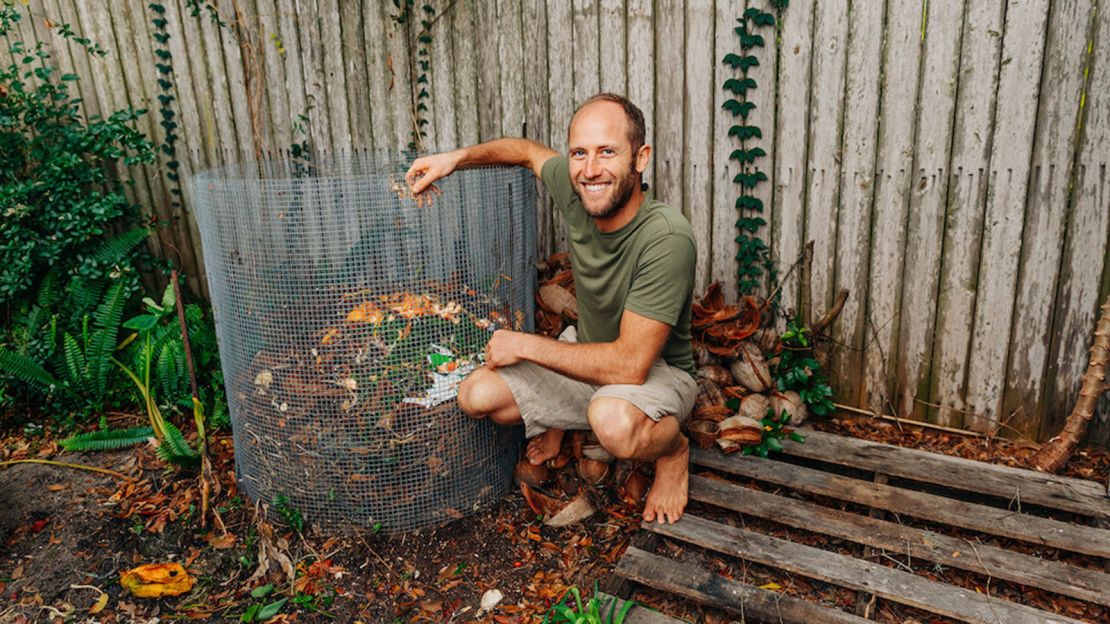
There’s a little bit of debate about what can and cannot be composted, but it really depends on what type of composting you’re doing. “Everything will break down,” Louie says, “but should it break down in your system, is the question.”
In general, you can compost basically anything that was once living. “The items you can compost depends on your compost system,” McKenna says. “For my municipal compost system, the following items are accepted: houseplants and flowers, fruits and vegetables, paper towels and tissues, food scraps and coffee filters, grain products, dairy products, meat and bones, and paper soiled with food.”
Similarly, Lopez says most food waste is good to throw into your compost. “A short list of typical home composting inputs are fruit and veggie scraps, eggshells, coffee grounds, unbleached paper products, cardboard, newspaper clippings, yard trimmings and old flowers,” she says.
Other things you might not think to compost? “I would recommend also composting hair and fingernail clippings (both your own and pets),” Greenfield says.
What not to compost
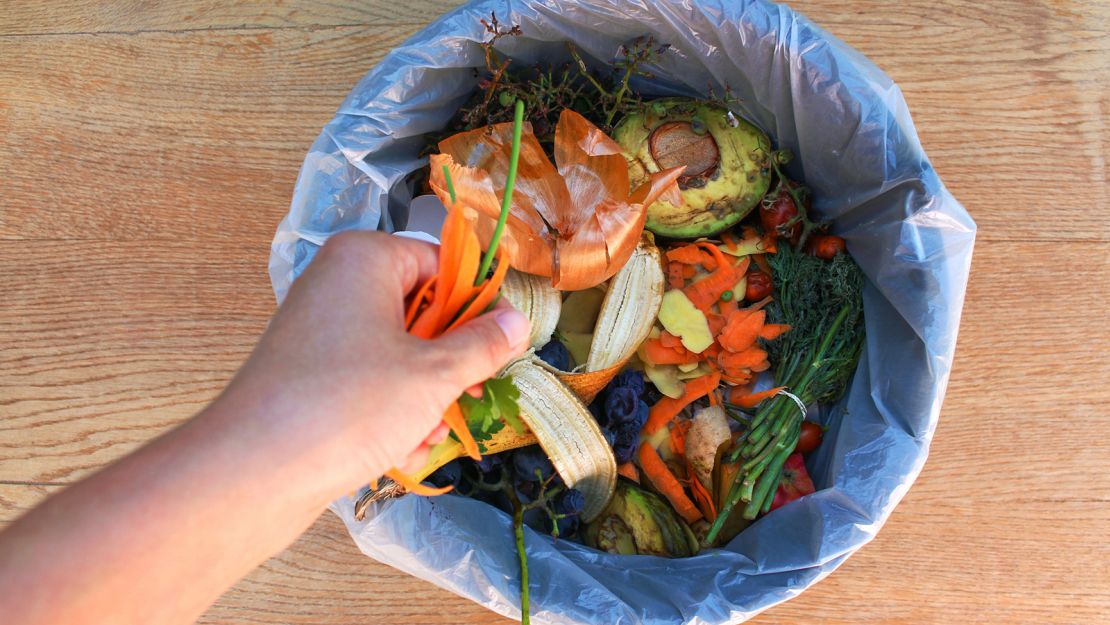
While you can compost a lot, there are definitely things you shouldn’t be throwing in your bin. Be sure to pick out any plastic packaging that might be on your food scraps like rubber bands or those pesky stickers on fruit.
In addition, Louie says, depending on your system, it’s a good idea to avoid cooked foods, oils, salty materials and meats. This is because they can generate a lot of odor when they decompose, attract predators and pests, or be harmful to the worms and bacteria in your compost.
You might also wonder about certain products you buy that say they are compostable. Before you throw it in your bin, carefully read the label because it might not actually be compostable in your specific system. “Compostable plastics are designed to decompose in industrial facilities at extremely high temperatures,” Lopez says. “Many paper-based products are often coated in a grease-resistant synthetic liner. Compostable plastics and paper products contain PFAS, a group of ‘forever chemicals’ that never fully break down and contaminate the environment, causing chronic health issues. Only products made from pure wood, bamboo, palm leaf or [polylactic acid (PLA)] do not have PFAS.”
Compost tools
Now that you’re ready to compost, you’ll probably want a few more supplies. Here’s a list of our favorite tools that will help you get the best compost possible.
If you want to learn more from the Compostess herself, check out Louie’s book, which explains all you need to know to successfully compost at home.
Easily collect your kitchen scraps in this handy bin. It features a charcoal filter so you won’t smell your food waste before you add it to your compost.
This compost bin can be mounted onto any cabinet or wall so you can save counter space.
This option from Package Free also features a charcoal filter in its lid to keep any unwanted smells inside.
If you want a stylish compost bin, there’s no better option than this one from Bamboozle. It’s made from bamboo fiber and available in a dozen colors.
Whether you’re digging a hole or turning your pile, a shovel is a trusty tool to have around when composting. This one features a D-handle so you can easily grip it.
These nitrile-coated gloves are perfect for working with your compost. And for $7, you can get three pairs so the whole family can help out.
These thicker leather gloves are great if you want some extra protection while you compost.
If you plan on having a big pile, you might want to consider these gloves that extend down your forearm so you don’t get dirty.
Garden shears are helpful for breaking down lawn trimmings before you toss them into your compost.
Ensure your backyard compost is wet enough with this durable garden hose.
If you need a separate place to store your browns, consider this large, heavy-duty garbage can.
Ensure your compost is at the correct temperature with this small thermometer.
If you need to cover your pile to protect it from the elements, this simple tarp will do the job.
